
















































JUNE
15: Noon Hour Concert, Calvary Lutheran Church
15: 2nd Street Stage
17: Author Fest at American Legion
17: Dorset Boardwalk Art Fest
22: Noon Hour Concert, Calvary Lutheran Church
22: 2nd Street Stage
23-25: Akeley Paul Bunyan Days
24: Water Ski Show, Halvorson Beach, Nevis
29: Noon Hour Concert, Calvary Lutheran Church
29: 2nd Street Stage
30: Sounds of Spirit Lake, Menahga city beach
30-July 1: Laporte Independence Days
JULY
1-3: PRCA ProRodeo and Xtreme Bulls Competition, Park Rapids
1: Brad Kahlhamer artist reception, Nemeth Art Center
4: Firecracker Footrace, Heartland Park
4: Fourth of July parade
4: Community Band pre-fireworks concert
4: Rotary Fourth of July fireworks
6: Noon Hour Concert, Calvary Lutheran Church
6: 2nd Street Stage
7: Sounds of Spirit Lake, Menahga city beach
7-9: Menahga Midsummer Celebration
8: Water Ski Show, Halvorson Beach, Nevis
8: Nevis Bands & BBQ
13: Noon Hour Concert, Calvary Lutheran Church
13: 2nd Street Stage
14: Sounds of Spirit Lake, Menahga city beach
15: CHI St. Joseph’s Auxiliary Garden Stroll
11-16: Hubbard County Fair, Shell Prairie Agricultural Association
20: Noon Hour Concert, Calvary Lutheran Church
20: 2nd Street Stage
21: Sounds of Spirit Lake, Menahga city beach
21-22: Nevis Muskie Days
22: Historical Society quilt show, Riverside United Methodist Church
27: Noon Hour Concert, Calvary Lutheran Church
27: 2nd Street Stage
28: Sounds of Spirit Lake, Menahga city beach
28-30: Lake George Blueberry Festival
28-Aug. 5: Northern Light Opera Company, “Little Shop of Horrors”
3: Noon Hour Concert, Calvary Lutheran Church
3: 2nd Street Stage
4-5: Crazy Days, Park Rapids
5: Nevis city-wide garage sale
5: Water Ski Show, Halvorson Beach, Nevis
5-6: Antique Tractor & Engine Club Field Days
6: Taste of Dorset
10: Noon Hour Concert, Calvary Lutheran Church
10: Water Wars on Main Avenue
10: 2nd Street Stage
11-12: Northern Knights Run to the Rapids classic car show
12: Northwoods Triathlon, Nevis
12: Legends and Logging Days/ Backyard BBQ Challenge
17: Noon Hour Concert, Riverside United Methodist Church
17: 2nd Street Stage
18: Festival of Tables, CHI St. Joseph’s Health Auxiliary
18-20: Lake Itasca Pioneer Farmer Show
19-20: Art Fair at the Winery, Forestedge Winery, Laporte
24: Noon Hour Concert, Calvary Lutheran Church
26: Veterans Tribute Program, Howard Maninga’s home, Ponsford
28: Historical Society program on Itasca, Northwoods Bank
31: Noon Hour Concert, Calvary Lutheran Church
SEPTEMBER
13: Historical Society feat. Jean Cooney, Hubbard County Museum
23-24: Art Leap 2022
OCTOBER
30: Historical Society feat. Will Weaver, Northwoods Bank
31: Trick or Treat Park Rapids
NOVEMBER
24: Community Tree Lighting and Yuletide Sampler
The Heartland Lakes area teems with the sights and sounds of the great Minnesota northwoods.
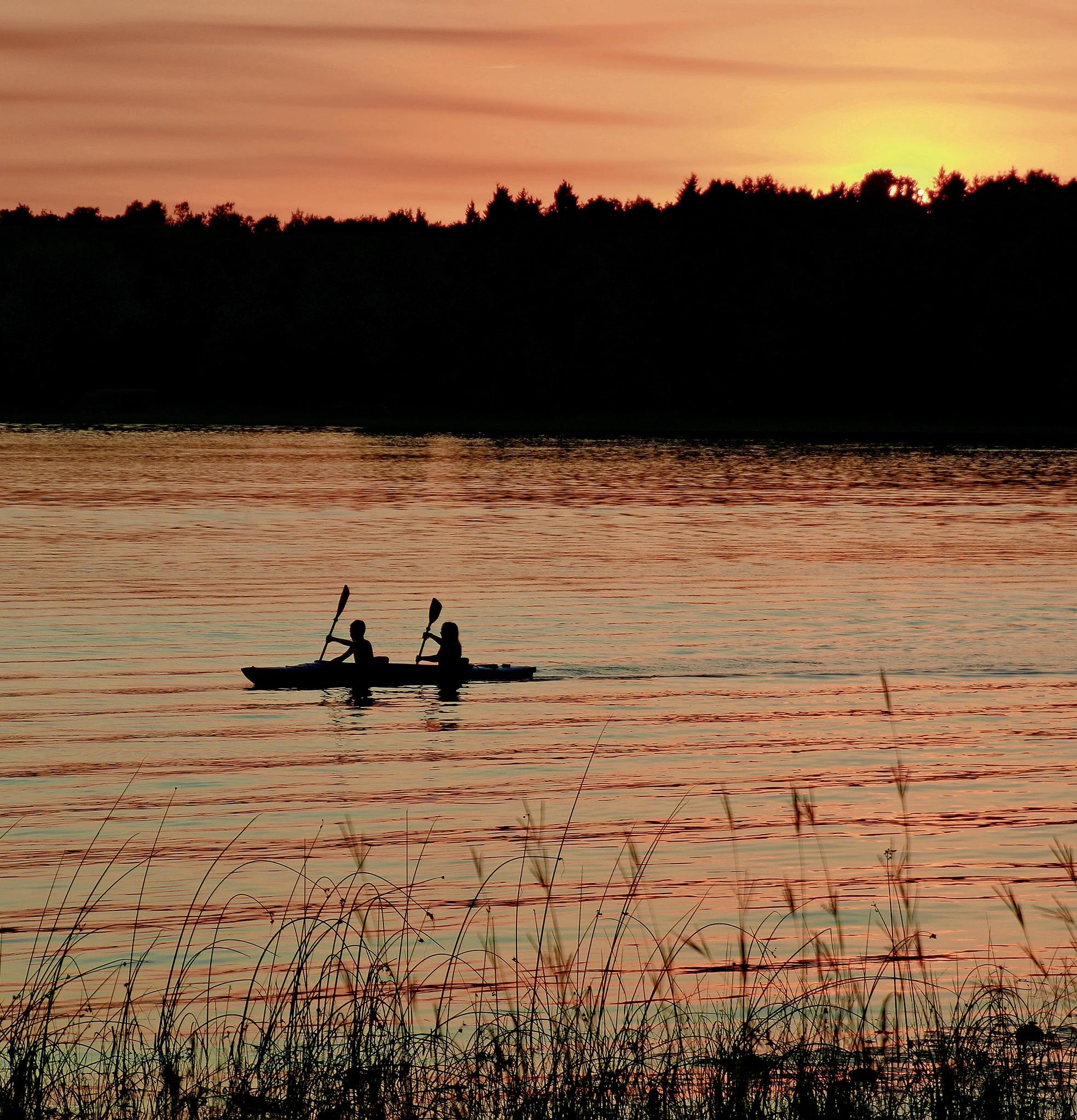
Enjoy our towns and its people while surrounded by pristine lakes and tall pine forests. This region offers a variety of opportunities – from scenic retreats and outdoor sports to rich cultural experiences, shopping, dining and entertainment.
Jump into the water for swimming, tubing, water skiing or fishing.


Bike the famous Heartland Trail for a day of historic sights and healthy recreation. Explore the scenic North Country Trail.
Play a game of disc golf, tennis or softball or have a picnic at one of the city or county parks. Golfers needn’t go far to find top-rated
courses within a short drive in any direction.
With more than 400 lakes, thousands of miles of trails and a wildlife refuge, the Heartland Lakes area is also a gateway to Itasca State Park, home of the Mississippi River headwaters.
Local art galleries and museums celebrate the history and artistic talent of our communities.
Park Rapids and surrounding towns host many summer festivals with parades, music, kids games and more.
From life on the lakes to exercise on the trails, shopping the unique stores or just kicking back with a good book beneath the Norway pines, the Heartland Lakes area offers it all.
Flip through this issue of Summer Scene and you’ll find what you are looking for in lake and pine country. We just know that you’ll enjoy your stay.


1. Get your pic with Paul Akeley’s 74th annual Paul Bunyan Days festival is planned for the weekend of Friday through Sunday, June 23-25. Most festival events will take place at Paul’s Patio in the center of town. Audrey’s Purple Plaid Run will be held at 9 a.m. Saturday to raise funds to help local cancer patients. The festival will also feature a kids’ fishing contest, a parade, bands, dances and more. Go to akeleychamber.com for more information.
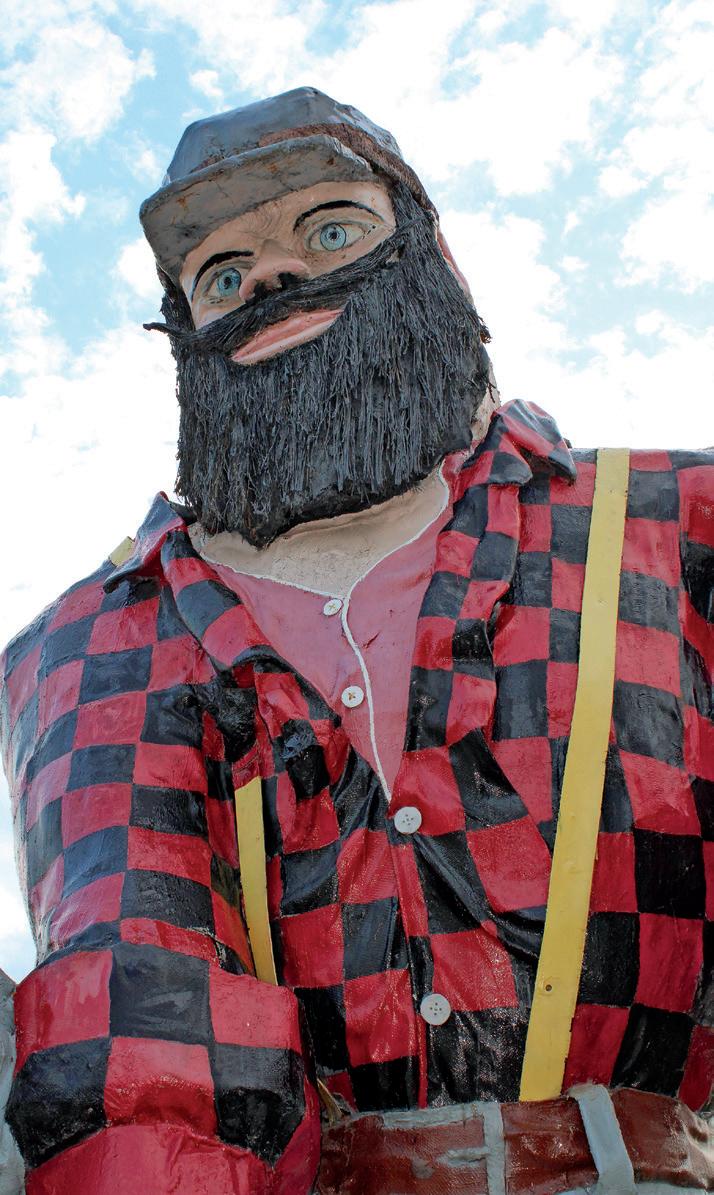
Park Rapids is a popular destination for the Fourth of July.
The Fourth of July celebration begins at 9 a.m. with the Firecracker Footrace in Heartland Park.
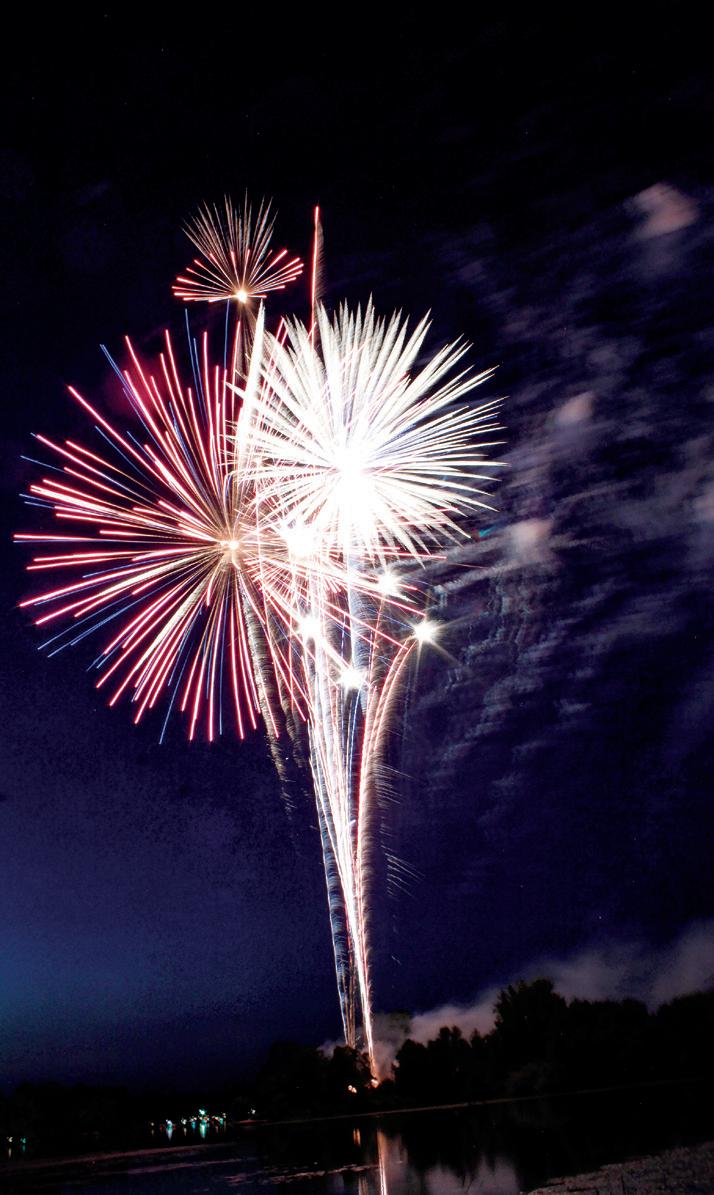
The Park Rapids Lakes Area Chamber of Commerce is planning its traditional parade. It will begin at 11 a.m. and wind through downtown streets.
The annual fireworks display has grown into one of the largest and most spectacular shows in the state. Fireworks over the Fish Hook Hook
River is a showcase event for the community, drawing spectators from around the region. Sponsored by the Park Rapids Rotary Club, the display is funded solely by donations. Fireworks blast off at dusk in Heartland Park.
A barbecue rib contest, with live music, will be held in Nevis on Saturday, July 8. The street between the Iron Horse Restaurant and the Nevis Municipal Liquor Store will be blocked off for the event.

Elvis will entertain the audience earlier in the afternoon while the barbecue is cooking. Serving begins at 5 p.m. followed by an awards ceremony. The evening will continue with music by the band Paradigm.
The event is sponsored by the Nevis Municipal Liquor Store, the Iron Horse Restaurant and the DeLaHunt Radio network.
The annual Menahga Midsummer
Celebration offers fun for all ages from July 7-9.
Organized by the Menahga Civic and Commerce Association, the three-day affair kicks off with a Miss Menahga and Little Miss Menahga pageant on Friday evening.
The St. Urho Run/Walk begins at 9 a.m. Saturday, July 8. Saturday’s festivities include a kids’ fishing tourney and an arts and craft fair.
An impressive Midsummer Grand Parade marches through downtown Menahga Saturday at 7 p.m.
Fireworks over Spirit Lake begin at dusk Saturday night.
For more details, visit https:// menahga.com.
The 2023 fair, organized by the Shell Prairie Agriculture Association, will be held July 11-15 in Park Rapids.
The Hubbard County Fair includes a variety of entertainment at the grandstand arena, 4-H exhibits in the animal barns and a midway filled with games. Grandstand events are the
motocross, modified tractor pull and demo derby.

Carnival rides will be open from Wednesday evening through Saturday.
The 4-H Exhibit Hall features livestock, poultry, horses, rabbits, a dog show, 4-H vendors and open class exhibits and vendors throughout the fair.
And don’t forget the fair food! Stop on over for cheese curds, corn dogs, fresh French fries, pork burgers, ice cream and other mouthwatering delicacies.
The annual Nevis Muskie Days celebration and music festival will be held Friday and Saturday, July 21-22. All events, including musical performances, are free.
The festival kicks off Friday night with the Lions fish fry at the Muskie pavilion from 4-8 p.m. The headliner band Hardwood Groove will play at 11 p.m.
Saturday events include a youth
fishing tournament on the Belle Taine, games and inflatables for kids at Muskie Park, an ice cream eating contest, buried treasure dig and a parade.

The Muskie Market along the Heartland Trail will feature crafters, artists and flea market treasures
Ojibwe crafts and games for kids will be featured at Shennanigan’s stage. The Buffalo River Drum and Dance group will perform at 3 p.m. and the Hooligan Fire Spinners will perform at 10 p.m. Saturday night’s music headliners are Charlie Parr at 8:30 p.m. and Corey Medina and Brothers at 11 p.m. Go to nevischamber.com for updates and a complete list of activities and music.
The Park Rapids Water Ski Team is holding free, family-friendly shows this summer at Halvorson Beach in Nevis. Shows start at 6 p.m. Saturday, June 24, July 8 and Aug. 5.
Bring a lawn chair to Main Street, downtown Park Rapids and enjoy free,

outdoor concerts from 6 to 8 p.m. on Thursdays from June 15 through Aug. 17. The Park Rapids Downtown Business Association hosts the live concerts, featuring regional bands, a beer garden and family activities. More details can be found on page 28.
If you haven’t done it already this summer, now’s the time – light up that backyard fire pit, take a seat, pop open a cold beverage and roast some marshmallows with your family, friends and neighbors. Or roam away from home and enjoy the sight, sound and smell of a campfire. There are plenty of state forests and resort campgrounds –plus Itasca State Park – where you can pitch a tent and get a campfire going.
Turn a rainy day into a visit to the Nemeth Art Center. It shares space with the Hubbard County Historical Museum in a beautiful Victorian building that was originally built as a courthouse. More details can be found on page 30.




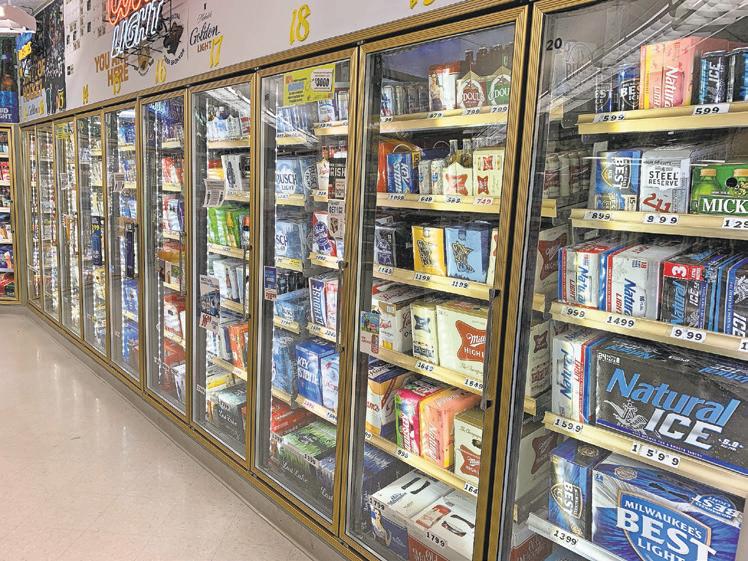
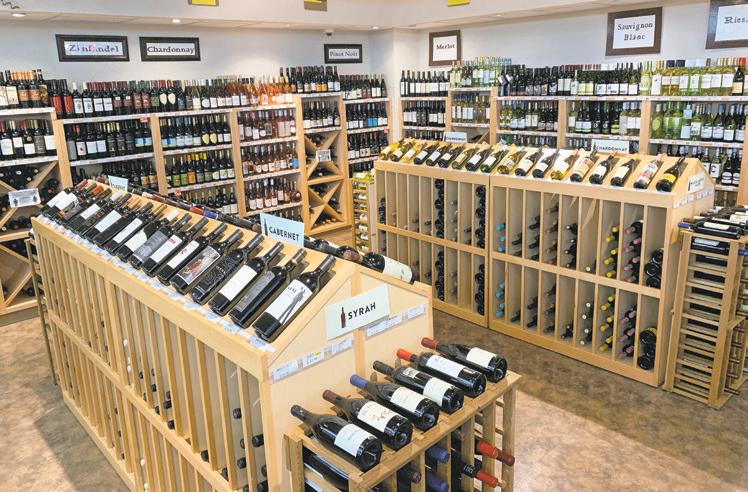









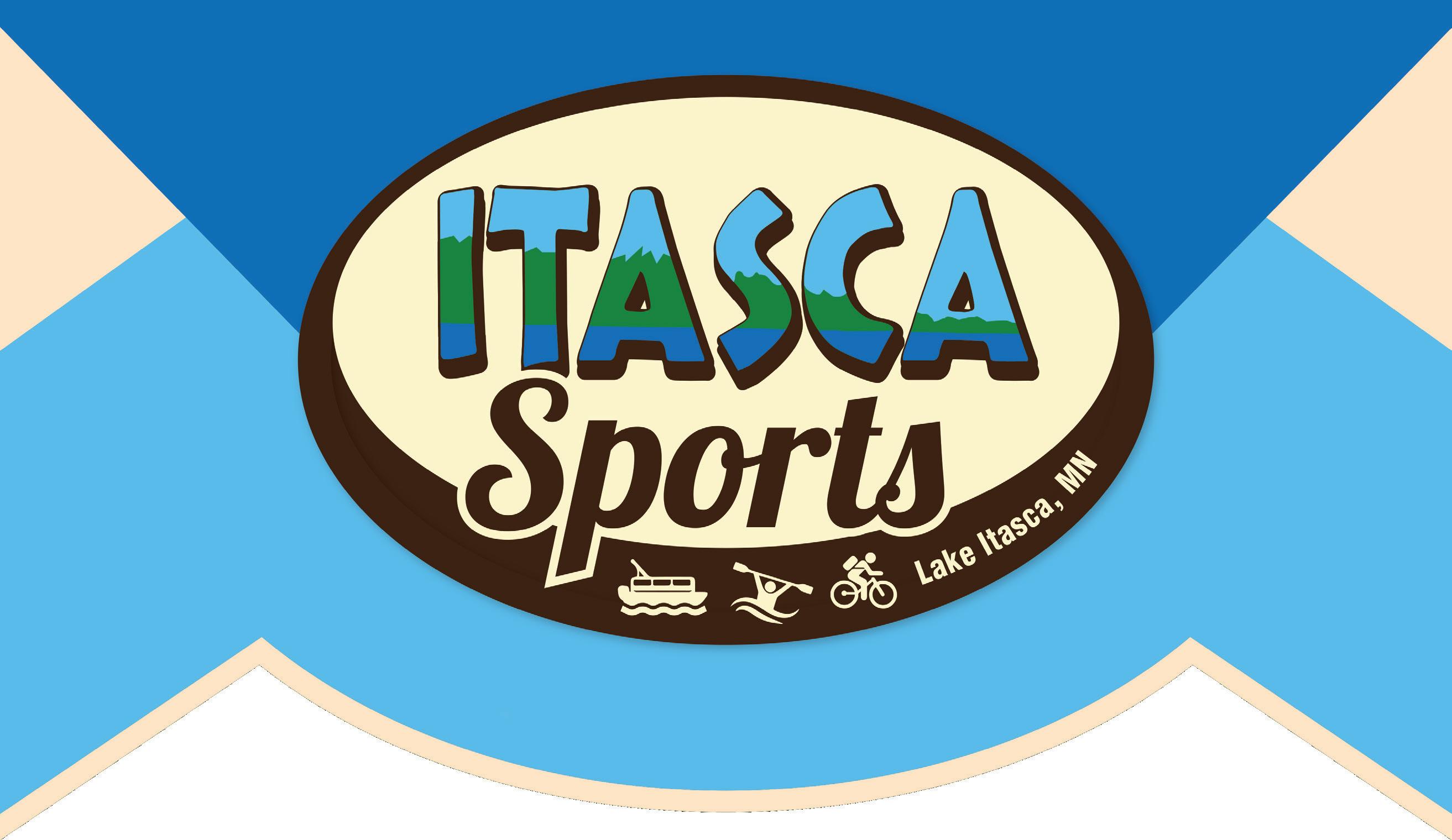


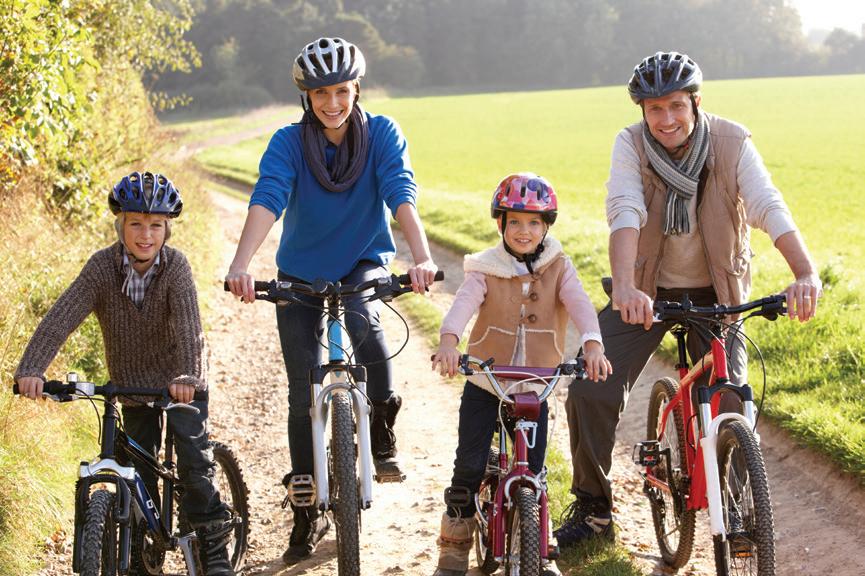


You can catch global, geocachehunting fever, beginning here in the Heartland Lakes area.
There are 900 caches hidden within 20 miles of Park Rapids alone.
Along the Heartland Trail, there are caches about every tenth of a mile.
Much of that is the handiwork of Jeff and Raelyne Fieldsend. Jeff has personally hidden 420.
The Menahga couple are members of NorthStar GeoSeekers (NSGS), a club for geocachers from across north-central Minnesota and North Dakota.
They embark on what geocaching.com calls “the world’s largest treasure hunt.”
“Geocaching is a worldwide thing,” Raelyne said. “You meet all these crazy people. It’s very kid- and family-friendly.”
Some geocachers travel to specific destinations simply to search for caches, she continued.
“We always geocache on vacations,” she said. “That’s one of the main things we do when we’re on vacation. We just went on a cruise, and we found a cache in Honduras, Belize and a couple in Mexico.”
If you find all of the caches in Park Rapids, Raelyne said you can take a day trip to another neighboring community, like Bemidji or Walker.
In total, the Fieldsends have discovered 2,500 caches worldwide.
They recruited their sons into the endeavor as well. Timothy is now 20 and Michael 22.
Raelyne said, “They’ve been doing it with us since we started, and it was a great family hobby. As they’ve gotten older, they’re busy doing their own things, but on vacations, they still try to be the First to Find (FTF) before Dad and keep track of who finds more!”
The Fieldsends advise beginning cachers to create a free account at geocaching.com and seek large, easy-tofind caches at first. There are tutorials online. The free app can be downloaded to a smartphone.
Use the app to navigate to a geocache nearby.

Most opt to use the GPS function on their smartphones rather than purchase
Beginning geocachers should create a free account at geocaching.com and seek large, easy-to-find caches at first, using a smartphone. (Enterprise file photo)
a GPS unit, Jeff said.
Once you find the geocache, sign and date the logbook. Place the geocache back where you found it and log your experience online.
According to geocaching.com, in larger geocaches, you may find “trackables” or items to trade. Trackables are meant to move from geocache to geocache.
For instance, NSGS hosts an annual “travel bug” race.
Purchased at geocaching.com, these tags have a tracking number on them, explained Jeff. Geocachers often attach a decorative trinket to the travel bug with a key chain. It’s then placed in a geocache. The next geocacher to visit the cache may take it and place it in another cache, and so on, and so on.
“Every year, we have a race. It starts with zero miles here,” Jeff said. “As the travel bugs move, they
A geocoin is a special coin created by individuals or groups of geocachers as a kind of signature item or calling card. Like a travel bug, each Geocoin is assigned a unique tracking ID which allows them to travel from geocache to geocache or to be passed amongst friends, picking up stories along the way. (Enterprise file photo)
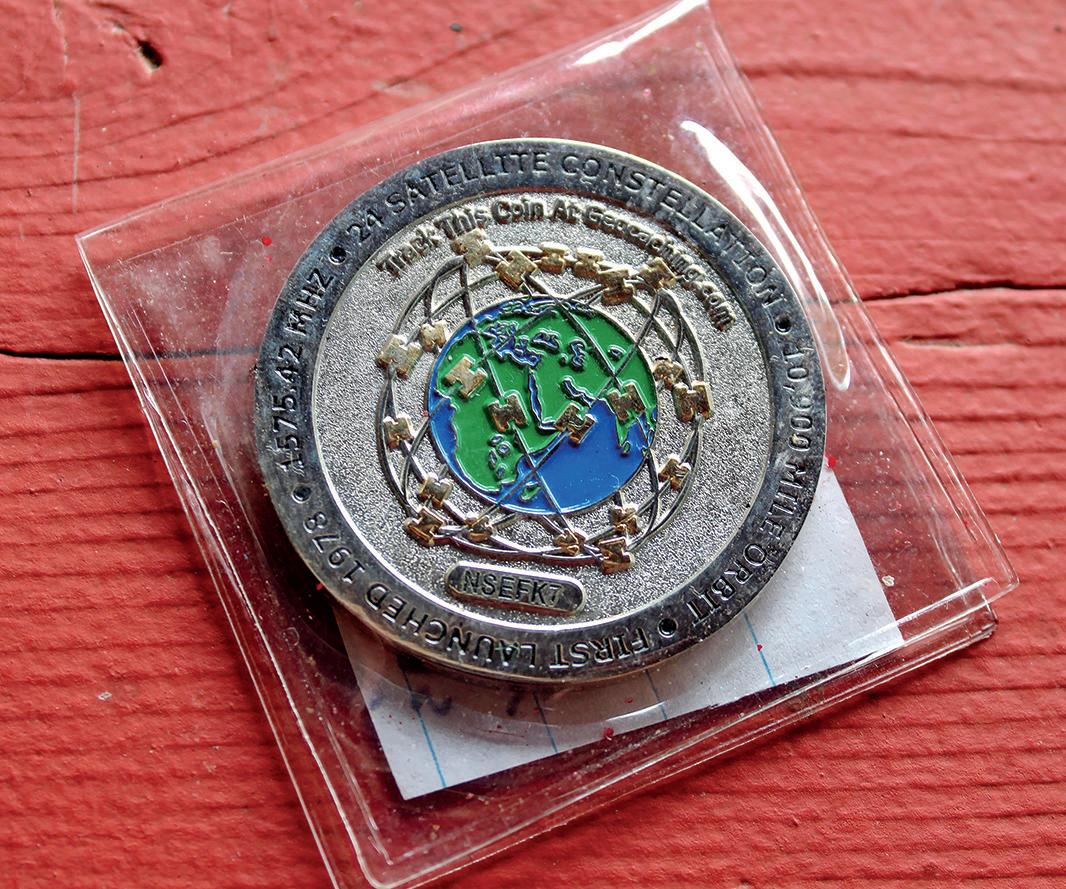
accumulate miles.”
One travel bug moved from Bagley to France, Japan and Finland within one year’s time. Another covered 26,574 miles.

“Pathtags” are another popular collectible item among devoted geocachers. They are a colorful, 1-inch diameter coin left behind by geocachers as a personalized marker.
It’s something you can keep, if you find it in a geocache. A lot of people trade them.
The design on the face of the coin is customized, while the other side holds a generic design and a serial number so it can be logged online.
Etiquette requires that if a geocacher removes an item, called “swag” – a travel bug, a pathtag, a geocoin or a prize – from a cache, he or she must replace it with swag of equal value.
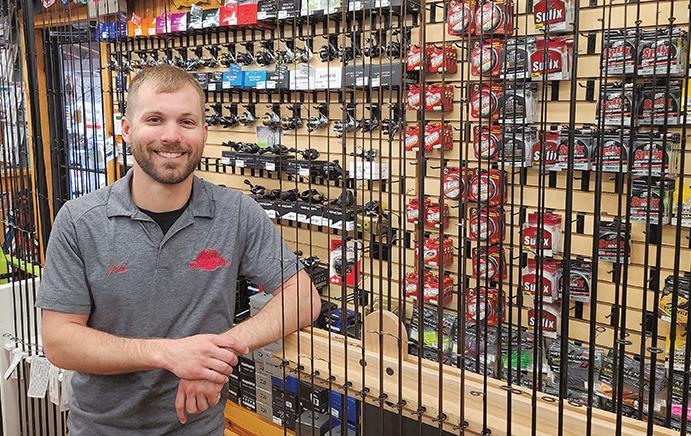
Caches range in size from “micro” to huge. They can be hidden in obvious spots or tucked within a challenging puzzle.
The terrain may be anywhere from wheelchair-accessible to requiring scuba diving gear or mountain-climbing skills.
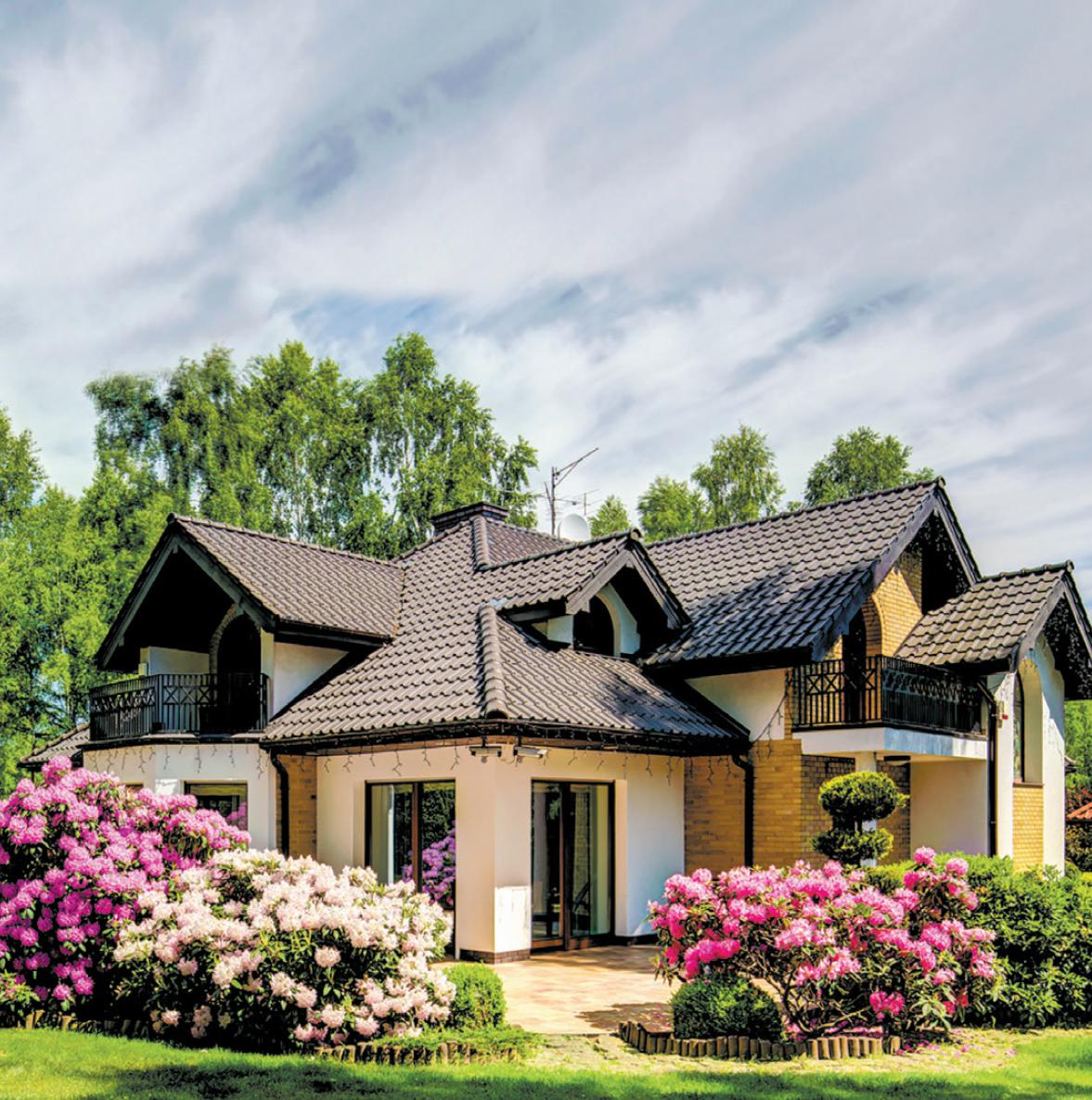


There’s even a cache on the International Space Station.
Raelyne and Jeff enjoy creating caches in unique shapes, such as a dragonfly or road runner.
In their geocaching fervor, the farthest south they have ever found a cache is Honduras. The farthest west is Portland, Oregon.
“Some people try to find a cache in every single county in the state,” she
said. “Or you find different difficulties.”
Geocaching.com offers various challenges.

“We’re still trying to find one in every state,” Jeff added.
The Fieldsend recommend having fun and asking questions.

“Any cacher is willing to talk for hours,” Raelyne said. “Go to the events, meet the people, have fun with it.


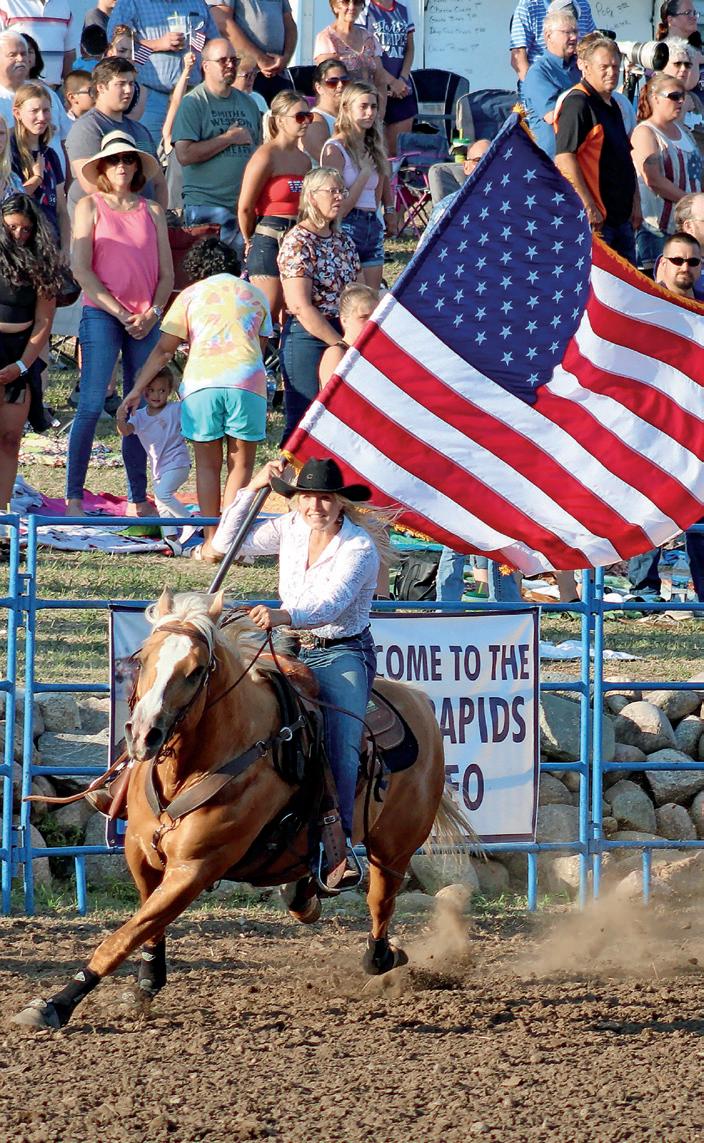

The road to Las Vegas and the National Finals Rodeo features a major stop at Minnesota’s largest professional rodeo event, held in Park Rapids over the Fourth of July weekend.
Sanctioned by the Professional Rodeo Cowboys Association (PRCA) and produced by Jokela ProWest, the exciting three-day event is Saturday through Monday, July 1-3. The action


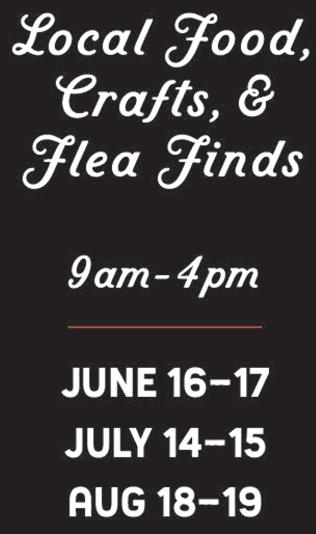
starts nightly at 7 p.m., rain or shine. Gates open at 5 p.m.

The 45th annual Headwaters event showcases the PRCA’s top contestants matched up against the nation’s toughest bucking stock for eight seconds, plus ProRodeo cowboys’ roping events and steer wrestling.
The PRCA ProRodeo will be held July 1 and 3, with the Xtreme Bulls Competition on July 2. Each performance features all new competitors.
One of Minnesota’s premiere summer attractions, the show also features huge rodeo dances with great bands under a log pavilion each night.
Other popular daily highlights include the exciting aerial displays by freestyle Moto X Cycles from the X Games competition, women’s professional barrel racing, kids’ sheep riding and more.


Visit www.parkrapidsbullride.com for updates, details and discounted ticket info.















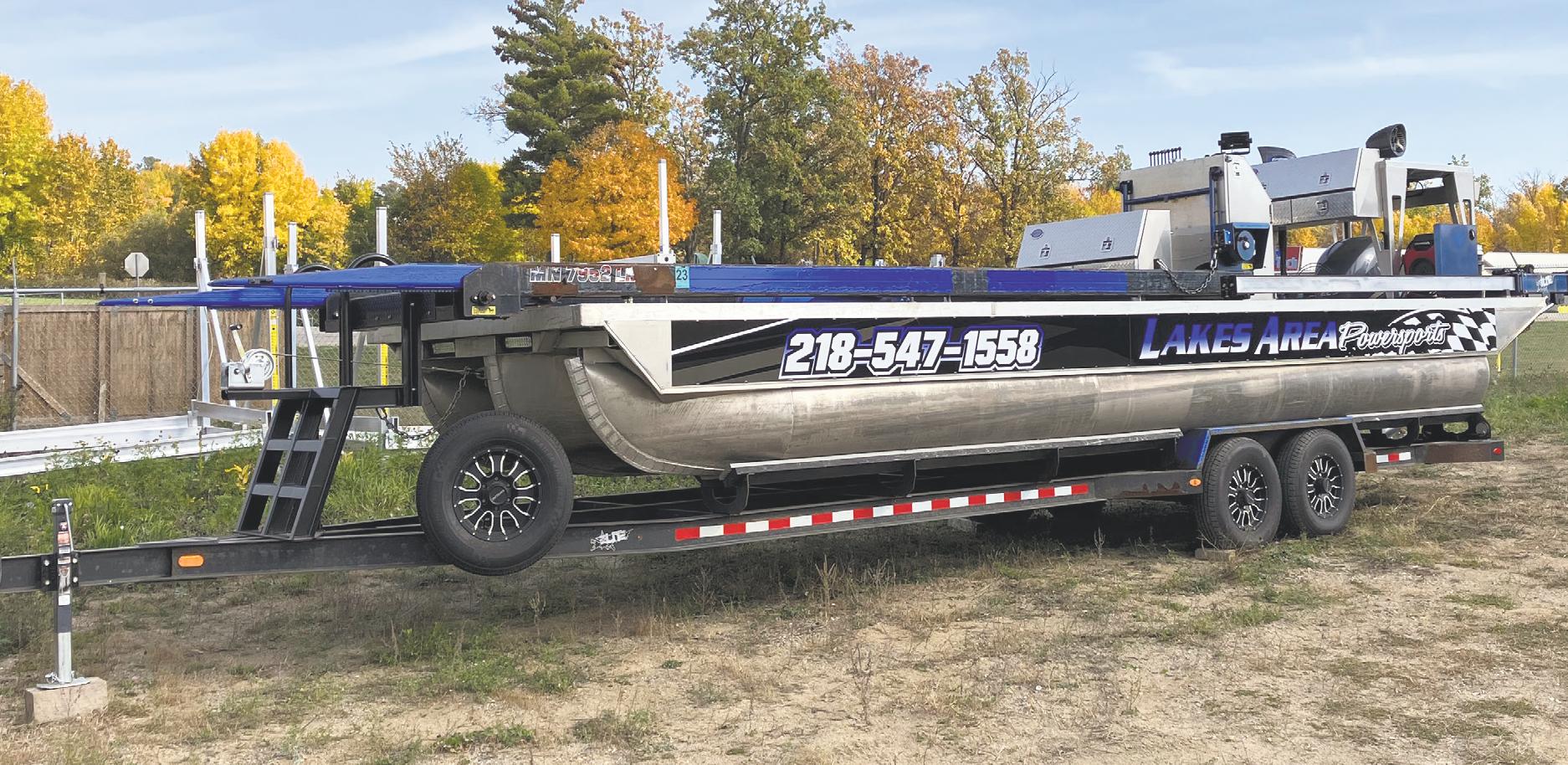












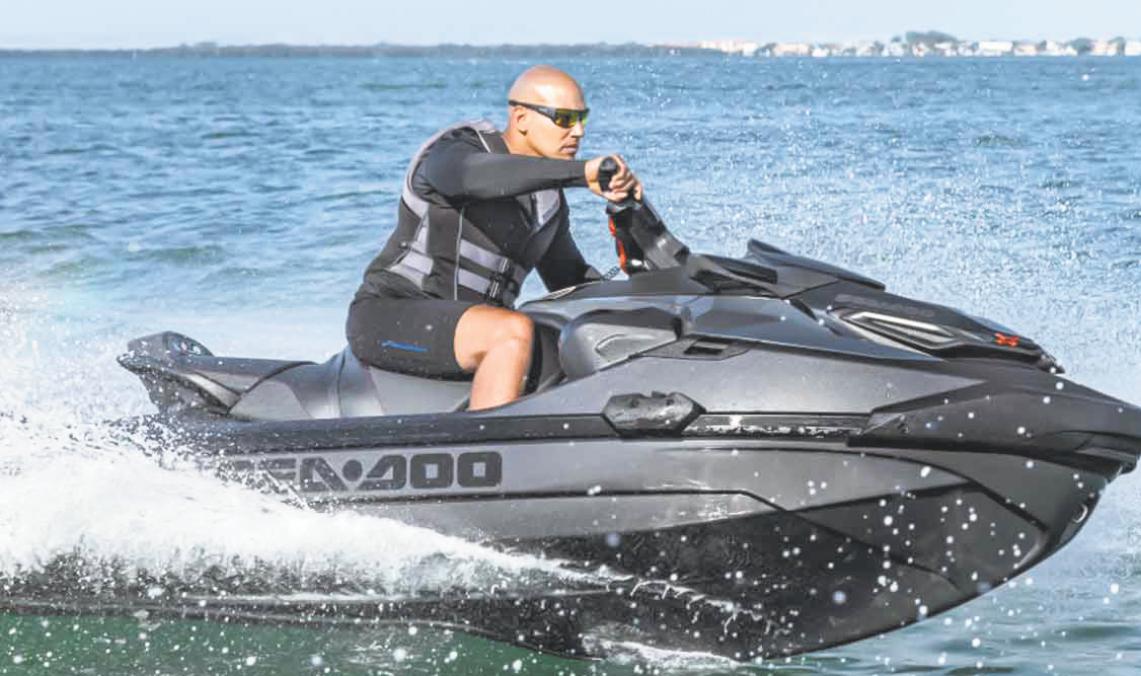











Whether staying at a resort or enjoying a week at the family cabin, visitors and residents in the Heartland Lakes area have a few precious weeks of summer to enjoy the fast-paced fun of water skiing.
Nick Haas of Park Rapids shared what attracted him to water skiing. “It was a way to enjoy warmer Minnesota weather on the water,” he said. “What’s better than being on the lake on a warm summer day with friends or with family?”
Haas started water skiing when he was 10-12 years old, and he still participates in the Park Rapids Water Ski Club with his sons, Nate and Jason.

“I just passed it on to our family, because it’s a good family activity,” said Nick. “The family is confined to a boat. It can’t be out doing their own thing, running to their room, being a loner.”
He acknowledged that some people try water skiing once and never do it again, but other people discover that they love it. “It’s kind of a personality thing,” he said.
Water skiing has connected people in the community. For example, when a
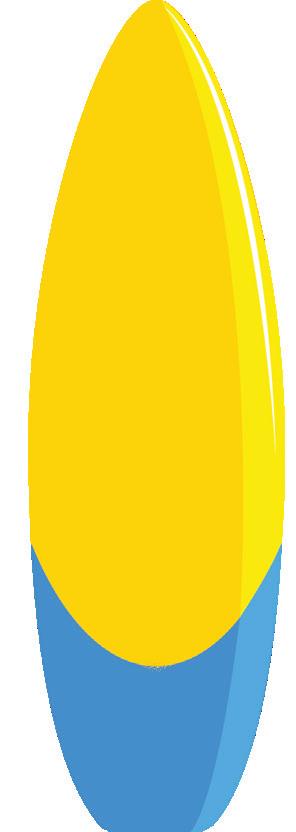
Boy Scout wants to earn a water skiing merit badge, his mom will sometimes contact an experienced water skier like Haas and ask him to help out. “It’s more or less someone knowing someone,” he said.
Haas advised that before trying water skiing, “you’re going to need your life jacket, flotation device, a ski rope and a pair of combo skis,” or a wakeboard if you want to do that instead.
From his experience, children can get an early start plowing the wake behind a speedboat.
“Start them out young in an inner tube,” he said. “You can be in the inner tube with them and troll around with them and gradually pick up more speed.”
From there, he said, you can graduate them to a kneeboard, then water skis and wakeboards, and build from there.
Haas said his sons started in an inner tube when he was 2 years old, and athletic Jason was barefoot skiing by age 10. “He had the ability, he had the drive, and we had the equipment, and away we went with it,” Nick said.
To hit the right balance between
challenging your children and keeping them safe, Haas advised, pay attention to their ability level.
“How in-control are they on the water?” he said. “Are they just trying to survive, or have total control over what they’re doing? That’s the biggest thing on safety. If you have control over what you’re doing and you’re in good shape, the odds of getting hurt are going to be a lot lower than if you’re out there pushing your abilities beyond where they should be, and you’re just in survival mode.”
Nevertheless, Haas likes to tell families that water skiing is a great activity for younger kids, “because there’s so much family bonding involved. When you’re in the boat on a beautiful day for hours, and you do that every weekend and maybe during the week in the evenings, you really build a good relationship between parents and children, and even friendships between kids and the neighbors on the lake. It’s a good bonding experience.”
At least one local resort, Brookside Resort on Two Inlets Lake, offers its guests ski boats and water skiing equipment – one of the few resorts that still do, if not the only one.
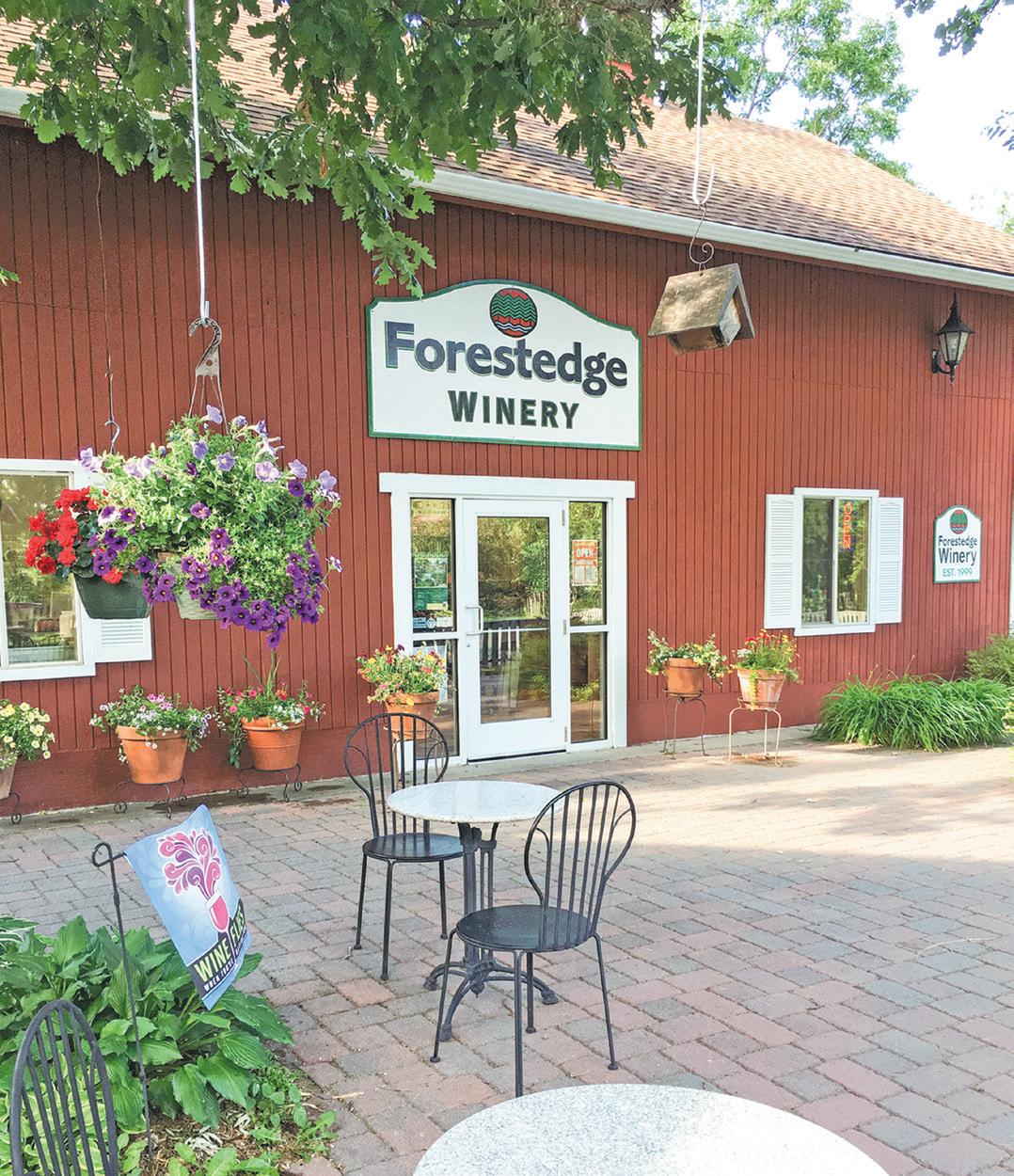
“It requires an extra insurance policy,” explained Joanna Wallenberg, a member of the family that owns the resort.

Don’t give up on the idea, though. There’s a local business called Water Toys Rental that rents out ski boats and other recreational equipment for folks vacationing on area lakes.
“Our ski boats do surfing, wakeboarding. You can ski behind them, too. Whatever you want to do,” said owner Chris Brand, whose business has three ski boats and delivers right to customers on their lake.
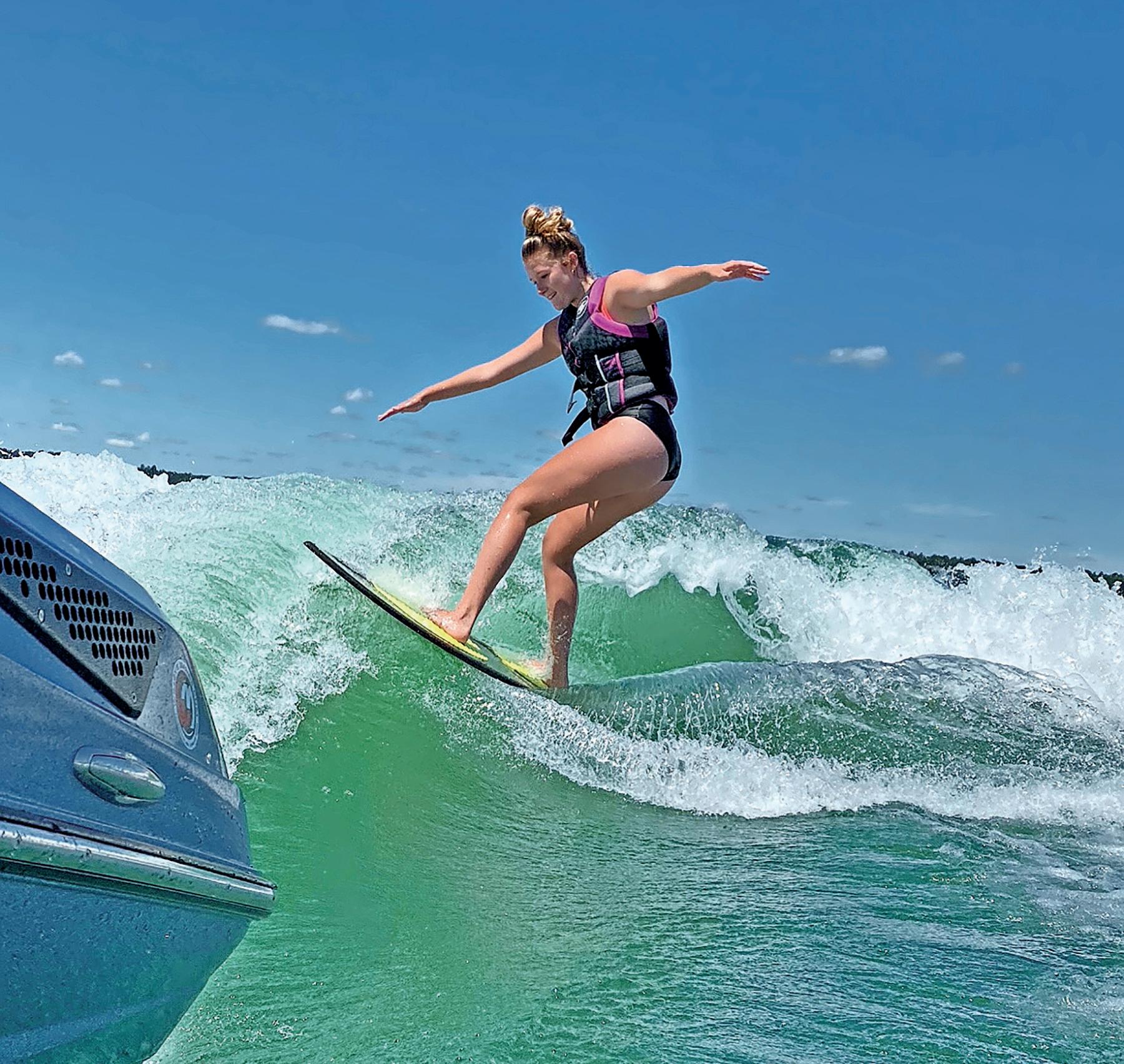
“We have a total of 28 or 29 boats that we rent,” he added, “including SeaDoos (personal watercraft), pontoon boats and fishing boats” – as well as surfboards for people interested in wakesurfing. For more information or to make a reservation, contact Water Toys Rental at 218-252-4725 or h2otoys@yahoo.com.
Robin Fish can be reached at rfish@parkrapidsenterprise.com

• Water Gardens/Ponds • Lighting
• Lake Home, Residential & Commercial Landscaping





• Shade Gardens • Patios
• Retaining Walls • Shoreline Work
• MNLA Certified • BS Degree in Landscaping Horticulture
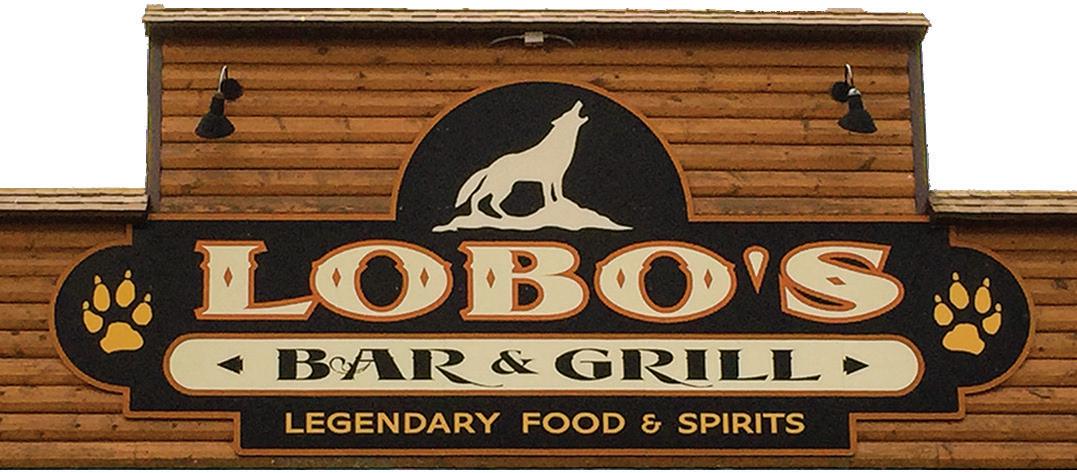
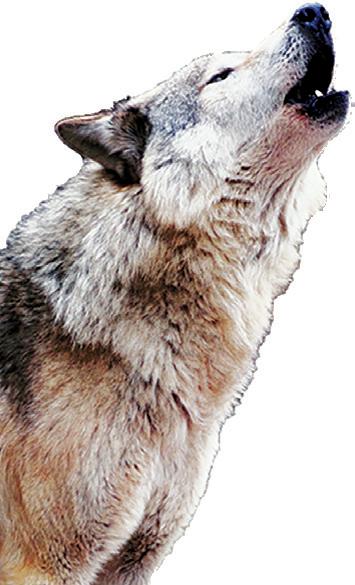



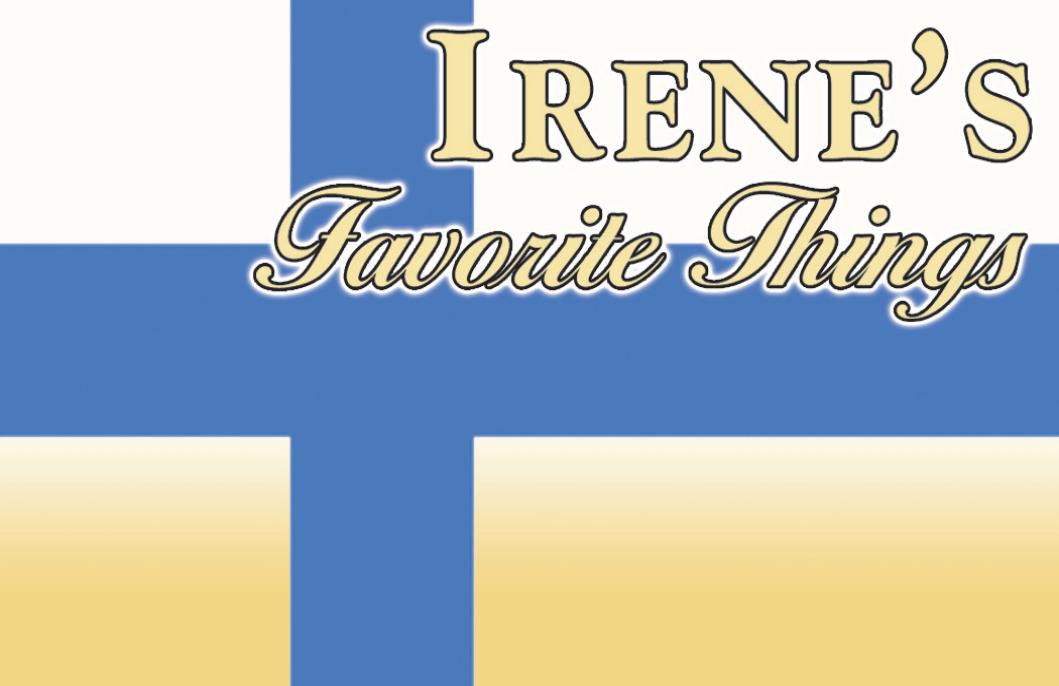

Nothing says “Northwoods dessert” like a s’more eaten around the campfire. No dishes are required, although paper plates to set up the graham crackers topped with chocolate are a nice addition.
A wide variety of s’mores can be created by varying the type of cracker, chocolate and filling. Here are seven scrumptious combinations to get started, but many more can be created. Some stores now carry flavored marshmallows as well.
Graham crackers can also be replaced with Oreos, rice krispie bars or even crisped waffles to create even more variations.
Marshmallows are best roasted over the fire’s embers on a long roasting fork. Turn the roasting fork throughout the roasting process until the marshmallow is puffy and golden brown. Break graham


crackers into squares. Put the marshmallow on top of chocolate between two squares and enjoy!

It is also helpful to keep a container of wet wipes nearby for sticky fingers.


Classic S’more


Fill a plain graham cracker with squares of milk or dark chocolate to cover surface.
Salted Caramel and Bacon

Fill a plain graham cracker with a square chocolate caramel and slice of cooked bacon.

Cinnamon Snickers
Slice a mini Snicker bar lengthwise and place on half of a cinnamon graham cracker.
Peanut Butter Cup
Fill a plain graham cracker with a medium peanut butter cup.
Fluffernutter
Spread peanut butter on one square of a chocolate graham cracker.
Strawberry Nutella
Spread Nutella on one square and top with thinly sliced strawberries.
Grasshopper
Use a chocolate graham cracker and top with a flat square chocolate mint.











Park Rapids Enterprise
Trumpeter swans are a fairly common sight in this area today thanks to a project to bring the bird back to the state.
Trumpeter swans were reintroduced to the Detroit Lakes area in Becker County in the 1980s.
“They are a native species that we had lost due to habitat loss and over-hunting for their meat, skin and feathers back when the state was first settled and there were no regulations,” Minnesota Department of Natural Resources (DNR) area wildlife supervisor Erik Thorson said. “By the 1880s, they had disappeared from Minnesota, so trumpeter swan eggs were brought to Minnesota from Alaska and those offspring released to reestablish the population. Carol Henderson was the one who started the statewide program. Back then birds had neck collars on with letters and numbers that people could read with binoculars. They also had metal leg bands similar to how we band geese to keep track of them. They are a popular bird and loved by a lot of folks.”
According to the DNR website, the Nongame Wildlife Program released 21 two-year-old trumpeter swans in May near the Tamarac National Wildlife Refuge in Becker County. From 1988 to 1994, the program released 217 additional trumpeter swans into the wild in Nicollet, Becker, Itasca and St. Louis counties.

While no trumpeter swans were released in Hubbard County, they made
their way here from Becker County.
“Trumpeter swans are very territorial. They moved into surrounding areas as their population grew,” Thorson said. Swan watching
Thorson works out of the Park Rapids DNR office and sees the majestic birds, which are popular with bird watchers, often.
“Their breeding range is continuing to expand into suitable habitat,” he










said. “They are just about everywhere. They are herbivores who feed on plant materials, including wild rice. When I first came here in 2001, I think they were all foraging aquatically for vegetation. Now, as their numbers have grown, I see them in fields feeding on crop residue as well.”


Thorson said one of the best places to spot the birds is in larger wetlands and shallow lakes with enough space to take off and land. Upper Bottle Lake and the Crow Wing chains are two popular spots for viewing.
Thorson said in addition to their beauty, swans also have an ecological role.
“They forage in water that Canada geese and mallards can’t,” he said. “They’re messy eaters and bring up bits of plants from deeper water that they leave behind for other waterfowl to forage on.”
Some swans stay in the area all winter as long as there is open water.
“Historically, they would have migrated to the southern states, but because the birds were introduced here from Alaska, they had no knowledge of migratory routes or stops,” he said. “That’s why they ended up staying here over the winter or only going a little ways into southern Minnesota.That migration knowledge was lost. There was nothing to lead them where to go.”
He said it’s never a good idea to feed wildlife, including water fowl. “They get acclimated to people and depend on




Area: 2,096 acres
Littoral area: 426 acres
Area: 2,096 acres
Shoreline: 14.8 miles
Littoral area: 426 acres
Maximum depth: 87-95 feet
Shoreline: 14.8 miles
Maximum depth: 87-95 feet
Potato Lake is located seven miles north of Park Rapids in Hubbard County, on the line between Arago and Emma townships. It has two public accesses, one on the north shore and one on the west arm. There is also boating access from several resorts along the shoreline and via the lake’s northwest inlet, with from Island and Eagle lakes upstream.
Potato Lake is located seven miles north of Park Rapids in Hubbard County, on the line between Arago and Emma townships. It has two public accesses, one on the north shore and one on the west arm. There is also boating access from several resorts along the shoreline and via the lake’s northwest inlet, with from Island and Eagle lakes upstream.
Rice and Blue lakes also empty into Potato Lake on its east arm, forming part of a watershed that
Rice and Blue lakes also empty into Potato Lake on its east arm, forming part of a watershed that drains from Potato’s southern
outlet into Fish Hook Lake and beyond. There is a fixed crest dam with a notched weir at the outlet.
drains from Potato’s southern outlet into Fish Hook Lake and beyond. There is a fixed crest dam with a notched weir at the outlet.
lake. Many of these have been converted into private residences and seasonal rentals.
cleaning and drying watercraft before entering the lake.
With a water clarity of 10.8 feet and 20% of its waters less than 15 feet deep, Potato Lake is classified by the Minnesota Department of Natural Resources (DNR) as a Class 22 lake, similar to Big Sand, Lower Bottle, Kabekona and Long lakes in the Park Rapids area – relatively large and deep lakes with a high alkalinity and moderate clarity.
With a water clarity of 10.8 feet and 20% of its waters less than 15 feet deep, Potato Lake is classified by the Minnesota Department of Natural Resources (DNR) as a Class 22 lake, similar to Big Sand, Lower Bottle, Kabekona and Long lakes in the Park Rapids area – relatively large and deep lakes with a high alkalinity and moderate clarity.
number of resorts and lodges that once existed around the lake. Many of these have been converted into private residences and seasonal rentals.
The DNR manages Potato Lake’s fishery mainly for walleye and perch, with less emphasis on northern pike, largemouth and smallmouth bass, bluegill, black crappie and cisco. Anglers can also expect to catch bullhead, pumpkinseed and rock bass.
The history of the lake as told by the Potato Lake Association (potatolakeassociation.wordpress. com) focuses mainly on the large
The history of the lake as told by the Potato Lake Association (potatolakeassociation.wordpress. com) focuses mainly on the large number of resorts and lodges that once existed around the

The DNR manages Potato Lake’s fishery mainly for walleye and perch, with less emphasis on northern pike, largemouth and smallmouth bass, bluegill, black crappie and cisco. Anglers can also expect to catch bullhead, pumpkinseed and rock bass. So far, no aquatic invasive species (AIS) have been identified in Potato Lake. The Potato Lake Association seeks to prevent the spread of AIS and urges boaters to “stop aquatic hitchhikers” by inspecting, draining,
So far, no aquatic invasive species (AIS) have been identified in Potato Lake. The Potato Lake Association seeks to prevent the spread of AIS and urges boaters to “stop aquatic hitchhikers” by inspecting, draining, cleaning and drying watercraft before entering the lake.
The association also supports a loon nesting program, and members annually reporting loon activity to the DNR. Several families also maintain loon rafts on the lake, and about four to six nesting pairs of loons claim territory there during the mating season. Later in the summer, loons in the area gather socially in the large section of Potato Lake, where 40-50 loons can often be seen.
The association also supports a loon nesting program, and members annually reporting loon activity to the DNR. Several families also maintain loon rafts on the lake, and about four to six nesting pairs of loons claim territory there during the mating season. Later in the summer, loons in the area gather socially in the large section of Potato Lake, where 40-50 loons can often be seen.
Information provided by the Potato Lake Association (potatolakeassociation. wordpress.com) and the Minnesota Department of Natural Resources.
Information provided by the Big Mantrap Lake Association (mantraplake.org) and the Minnesota Department of Natural Resources.
Marcy Nickel / Forum Design Center
Potato Lake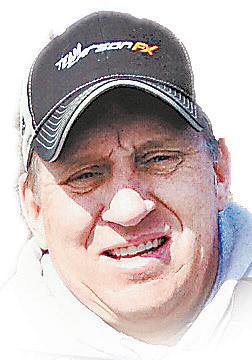

A fishing buddy asked me the other day, “If you only could use two fishing methods the whole year, what would they be?”
I took that question and answered it as it pertains to walleyes.
If limited to two walleye fishing methods for the entire year, I would opt for a jig and minnow combination and what I call the “plain rig.”
Let’s start with the jig and minnow setup first.
A small jig, maybe a 1/16- or 1/8ounce jig tipped with a fathead or shiner minnow, will catch walleyes in lots of waters they swim, particularly early in the season when the fish are shallow.
If the fish are very shallow, say inside of 7 feet of water, I will cast and slowly retrieve the combination.
In deeper water, particularly if the water has some color, I might use the


wind to drift along shallow flats and drop-offs that early-season walleyes often inhabit and fish the jig and minnow on a long line behind the boat. My jig color choice would be a chartreuse day in and day out, as I’ve had lots of good catches in a variety of waters using that color.
I also like a fast-action spinning rod and reel combination spooled with a 6-pound fluorocarbon line for this method. There is a 6-foot-7-inch Speed Stick rod model that was designed with walleye jig fishing in mind that I’ve had good success fishing with.
Not only will the jig and minnow work during spring, but walleyes in the summer often hold in weeds. Pitching the same combination to the cover or “dipping” the offering in pockets in the weeds are good ways to target weedy walleyes during summer and fall.
Summer also often means walleyes holding on to deeper structures in lots of lakes in waters from 15- to 30 feet deep. Here is where a “plain rig” shines. The plain rig features a length of about 40 inches of 10-pound fluorocarbon line with two hooks “snelled” at the business end. This setup is then tied to a heavy, 2-ounce bottom bouncer and baited with a nightcrawler. This rig fishes best on baitcasting gear and with a rod that accommodates
Jody Ziemann of rural Park Rapids is doing everything she can to help the endangered monarch butterflies and hopes other local residents and summer visitors will join the cause.
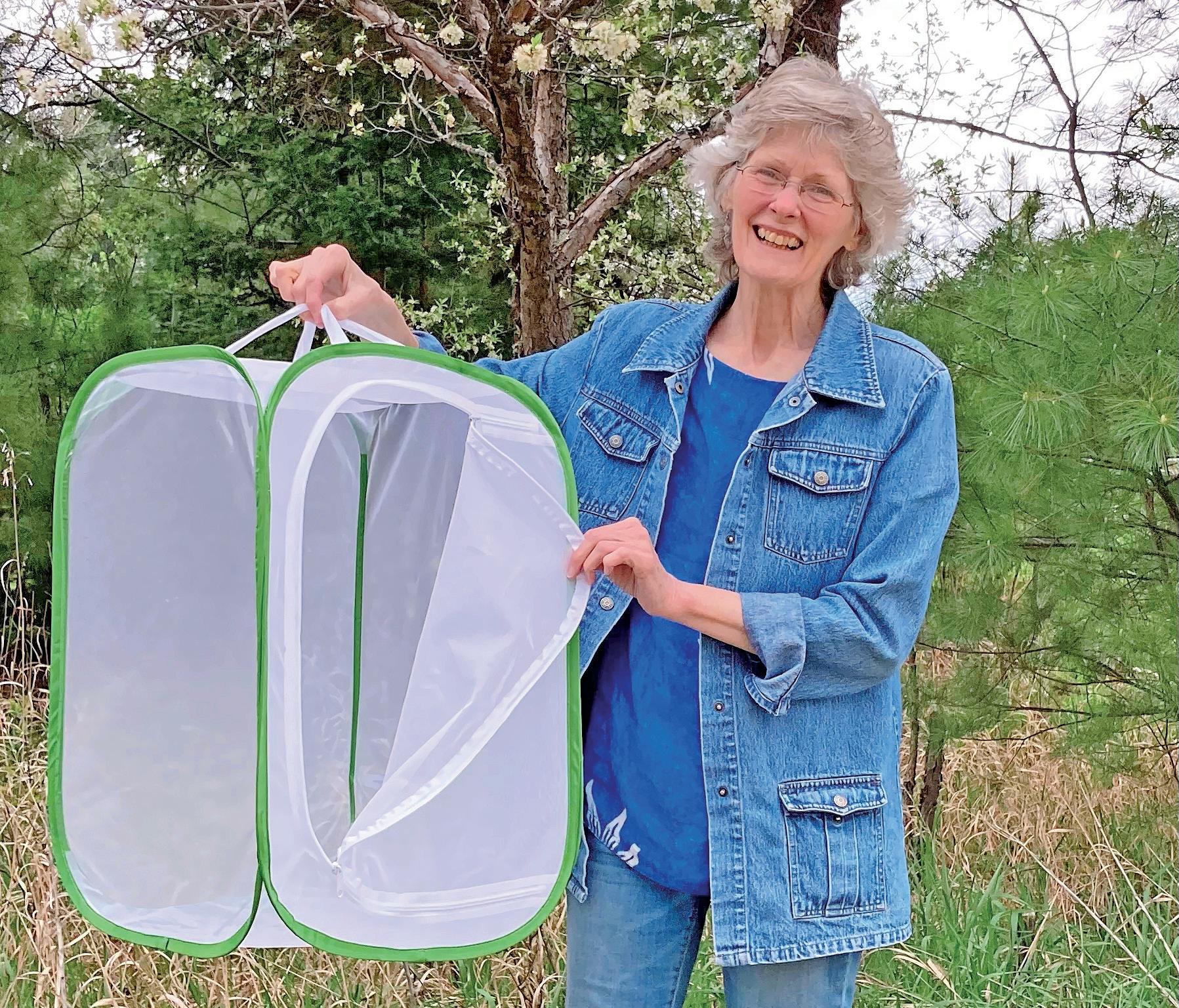
“A book called ‘Raising Little Stripe’ written by Joyce Hoberg Kaatz, a woman who spends her summers on a lake near Park Rapids, is what inspired me when I picked it up at a local book store in the summer of 2021,” she said. “It’s a picture book with a section on each page that tells about the scientific part, and another part is written in first person from the caterpillar’s point of view. Local butterfly expert John Weber has been a wonderful resource for me, too. He shared how much greater the survival rate is for butterflies raised in captivity than those in the wild.”
The Ziemann property includes a meadow with a variety of wildflowers and numerous milkweed plants.
Ziemann said she has been very connected to the natural world since she was a child.
“I’m highly sensitive to the environment and the creatures,” she said. “My yard is very uncultivated. I keep it that way because all those guys were here before I was. People just have to start understanding that we can’t keep spraying chemicals all over. My friend who lives west and north of Park Rapids said that when she and her husband first built, many varieties of birds came to her feeders. Now it’s less than half that number and the kinds of butterflies have greatly decreased, too. She thinks it’s due to the spraying in that area. It’s like the canary in the coal mine. We have to start paying attention.”
Ziemann started observing and documenting the life cycle of monarchs in 2021.
“The first caterpillars I noticed in the middle of June had attached in a ‘J’ shape on some little shrubberies in my front yard,” she said. “They hang for about 24 hours in that ‘J’ shape and then become the chrysalis. I started counting days and that summer I released 18 of them. Last summer, I released 42.”
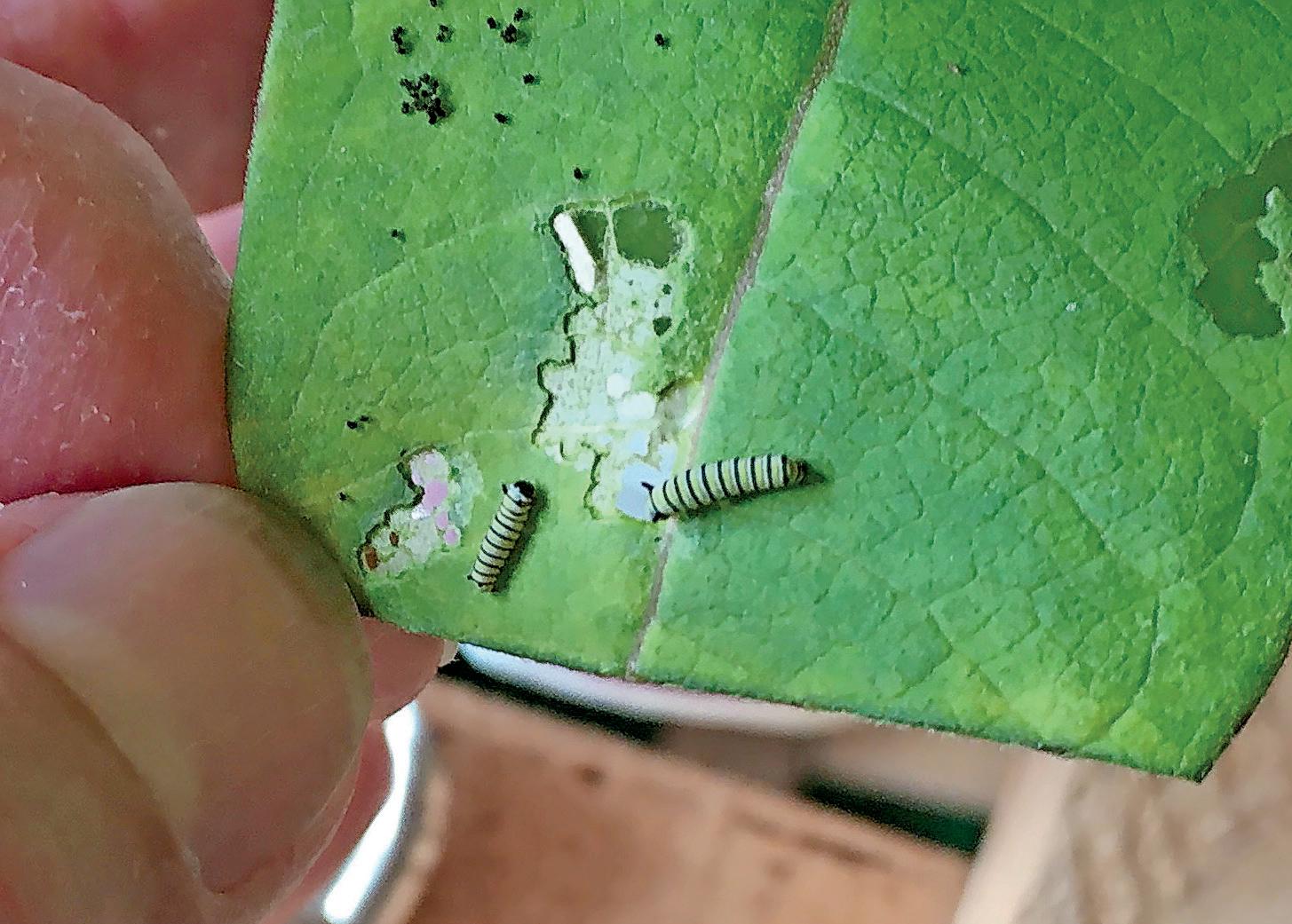
That first year, Ziemann kept the caterpillars in mason jars. She now keeps them in special screened butterfly houses she found on Amazon. She has four of the enclosures that are approximately 15 inches square and two to three feet tall.


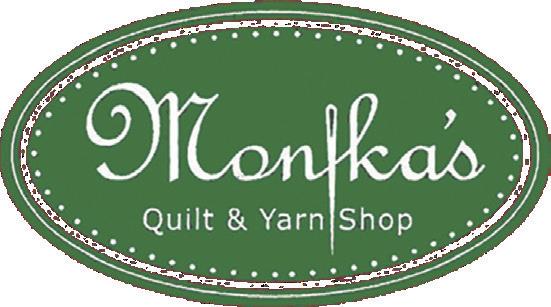
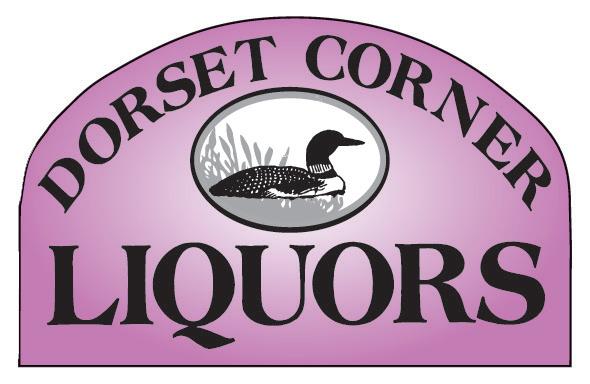
“I clean them and put in fresh leaves each day,” she said. “Last summer, I started finding eggs on milkweed. I’ve got tons of milkweed on my property. When the caterpillars hatch, they are tiny – smaller than the lead on a mechanical pencil. You can barely see them. They are so small, they can only eat the hairs on the back of the milkweed leaves. I have seen a monarch lay the eggs. She will flit to different leaves, usually laying only one egg per leaf. I watched the hatch and growth of the caterpillar. When the caterpillars are fully grown, they will attach on the ceiling of the screen house. The enclosure protects the chrysalis from predators like wasps who drill holes in them and will eat what’s inside.”
Last summer, she kept a journal with daily counts of who was still a caterpillar, who was hanging in a ‘J’ and who had come out in each of the enclosures.




While in the chrysalis, the magical transformation from caterpillar to butterfly takes place.

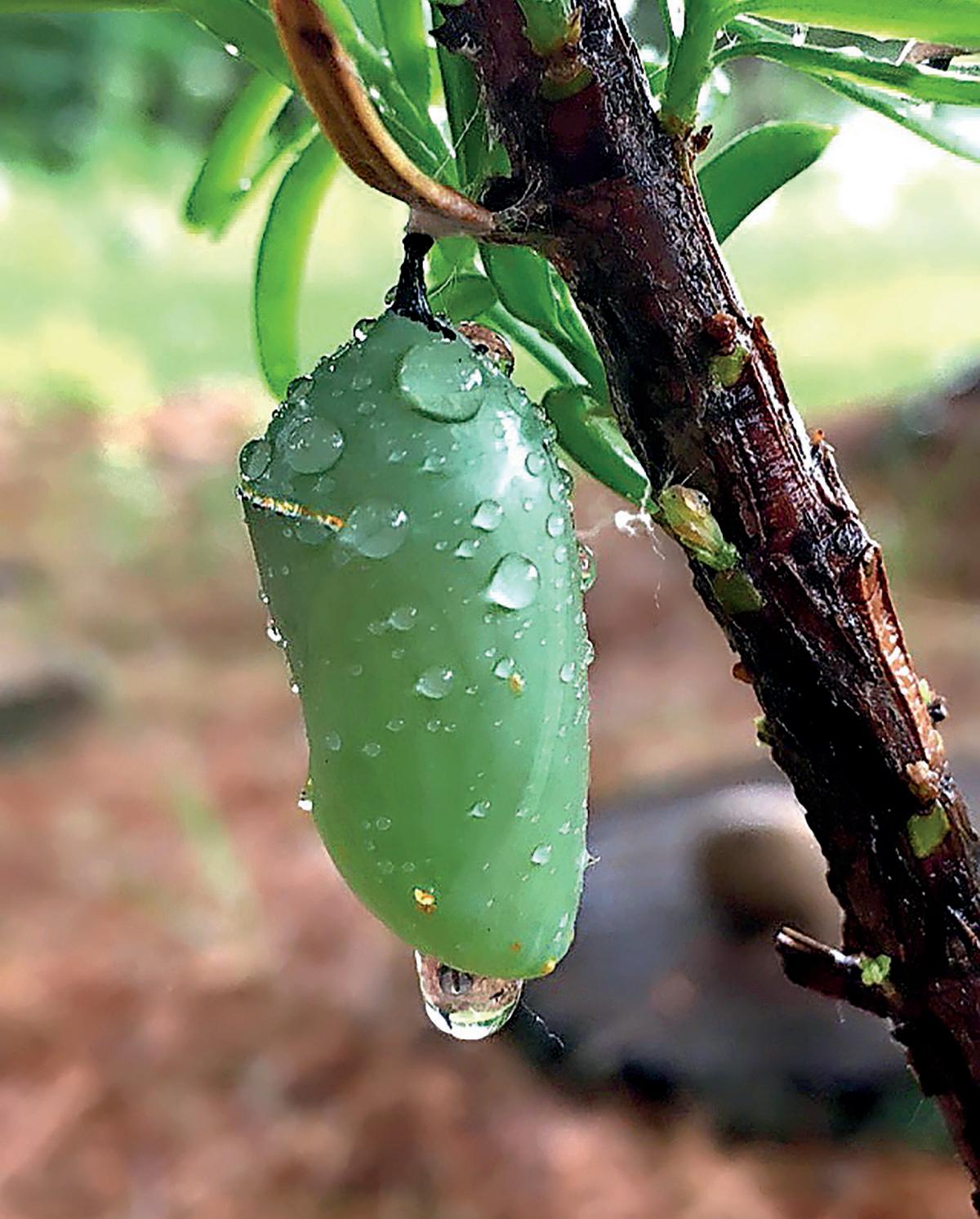



From Page 23
Ziemann said once butterflies emerge they can stay in the enclosure for up to 24 hours. “I learned that if they emerge from the chrysalis on a rainy day it’s better for them to stay in their screened house until the next day when it’s not raining,” she said. “If they need to stay there longer, you can offer them fresh fruit and cut flowers in a little tube like you get at a florist shop for corsages. After their wings dry out and they are flying around, I bring the screened enclosure out to the patio, unzip it and let them go. It’s incredible to see them take off.”
Last year, she released 42 monarchs.

Along the way Ziemann said she has also learned a lot about the three generations of Monarchs that emerge each year.
“The first butterflies that come out in the summer, their lifespan is only about a month,” she said. “They do their whole life cycle, lay their eggs and expire. The next generation also has a very short lifespan. It’s the ones that come out late summer and fall that do the migration. It’s just amazing to me that they each know what to do and what their role is. That last generation knows it’s up
From Page 18
to them to make that long journey south. When they get there, they rest in big groups in a state of torpor. In the spring, they wake and start their journey north. It will take a couple of generations to reach the northern regions. It’s phenomenal that they know where to come back even though they have never been here before. I don’t tag my butterflies like it talks about in the book, because I can’t fathom putting anything on that delicate wing that’s so magnificently beautiful.”
Ziemann said there are many things we can do to help monarchs and other pollinators.
“Every creature has a purpose and a
that food source,” he said. “It can also spread disease.”
Trumpeter swans build mounds of vegetation in the water near the shoreline for their nests.
“We had a pair sitting on a nest near our place,” he said. “One thing that’s a little unusual about swans is that the male will sit on the nest, too, to help incubate and keep the clutch of eggs warm so the female can go off and forage for a little bit. Male trumpeter swans may also try to defend the nest and young brood and come at people, Canada geese or boats if they get too close. The babies are susceptible to predators like snapping turtles who can grab them from underneath, raptors or other predators on the shoreline.”
For more information about trumpeter swans, go to the DNR website which also includes the history of the Trumpeter Swans Restoration Project or trumpeterswansociety.org. The non-profit organization, founded in 1968 is dedicated to assuring the welfare of wild trumpeter swans. There is also a tab on the website to report a swan sighting.
Lorie Skarpness can be reached at lskarpness@parkrapidsenterprise.com
place in the whole system,” she said. “Be mindful and kind to all of them and give them a helping hand. Do not spray or fertilize. Leave some dandelions for the pollinators and plant native wildflowers. They are suited for the environment and require hardly any maintenance. A lot of them are drought resistant, so people who come here only on weekends don’t have to worry about watering.”
She said gathering seeds of wildflowers already growing and replanting them in some scratched up soil is best.
In addition to milkweeds, pollinators benefit from other native daisies, purple asters, wild bergamot and spreading dogbane.
A shallow dish with some water and a rock encourages butterfly puddling and provides moisture during dry spells.
“Butterflies also love to play in the sprinkler when I have it running in my garden,” she said.
Ziemann has taught community education classes in Park Rapids along with their After School Adventures. She hopes to share her love of monarchs with children in area schools and other organizations.
Lorie Skarpness can be reached at lskarpness@parkrapidsenterprise.com
From Page 21
the heavy bouncer, but one with a sensitive tip. Lew’s has a 7-foot model in their Speed Stick lineup designed with bottom bouncers in mind that works great for me.
This setup starts to shine around Memorial Day and works all the way into late October and even November some years. The keys are, of course, to be around the structure holding walleyes and in how the setup is fished.
First, a nearly vertical fishing approach that keeps the bouncer just ticking along the bottom avoids snags and gives the bait a fish-enticing action.
Second, a speed of about 0.8 to 1 mph seems to work best most days. In fact, the combination of speed and erratic bait action are what makes this rigging method shine.
If you want to shine this coming walleye fishing season, consider the two lure setups just discussed. They aren’t the only two that will put walleyes in your boat, but they are certainly two very productive walleye fishing methods most days.
As always, good luck on the water, and remember to include a youngster in your next outdoor adventure!
Mike Frisch hosts the popular “Fishing the Midwest” TV series on the Sportsman Channel and several other networks as well. Visit www.fishingthemidwest.com.
Itasca State Park naturalist
▶ View the showy lady’s slipper in bloom. Minnesota’s state flower can be spotted along the start of the Dr. Roberts Trail along the boardwalk in mid to late June.

▶ Swim at the beach. Itasca State Park has a sandy swimming beach located in the picnic grounds with views of the Mississippi Headwaters. This beach and changing house was developed by members of the Civilian Conservation Corps in the late 1930s.
▶ Hike to the 100-foot tall Aiton Heights Fire
Tower. Climb to the top for stunning views of the forest and park lakes. Look for trumpeter swans on Kasey and Allen Lakes, visible from the tower. You can access the tower by driving around Wilderness Drive and hiking 1/2 mile to the tower, or by following the Ozawindib and Aiton Heights Trails (3 miles round trip) from the Douglas Lodge area.
▶ Check out the 70- to 100-foot tall red pines at Preacher’s Grove. This stand of old growth trees is over 300 years old. The red pine is Minnesota’s state tree. Walk out to the Old
Timers Cabin. This curious, little cabin has walls that are only four massive logs high. Built in the early 1930s by the Civilian Conservation Corps, the cabin is located at the end of the boardwalk on the Dr. Roberts Trail.
▶ Explore six miles of paved bike trail that winds through pine, paper birch,

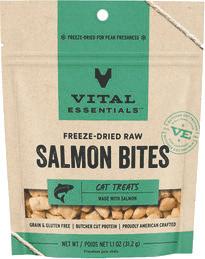

maple and basswood. Watch for wildlife and birds. Or enjoy stops at Preacher’s Grove, Peace Pipe Vista, historic spots in the picnic grounds and access to the Headwaters of the Mississippi River. Parking and access is available at several points along the trail, including the Douglas Lodge area,
HIGHLIGHTS: Page 27


Minnesota’s oldest state park is 132 years old.
Itasca State Park was established on April 20, 1891 to preserve the old growth pine trees that were in danger of being logged.
More than half a million people visit Itasca State Park every year to see the giant pines and wade across the headwaters of the Mississippi River State Water Trail.

Park Rapids is the undisputed Gateway to Itasca State Park and the south entrance is a 22-mile drive from Park Rapids north on Hwy. 71. The east
entrance is only a couple miles farther north of the south entrance, and then another mile or so west on Hwy. 200 – you’ll find it easily at the junction of Hwy. 71 and Hwy. 200.
On the drive north from Park Rapids on Hwy. 71 visitors can find several quaint shops and recreation areas to stop at along the way. Also, some fabulous restaurants are located just off of Hwy. 71 that are sure to satisfy any appetite.
Itasca State Park encompasses Lake Itasca, the official source of the Mississippi River, and a scenic
area of northern Minnesota that has remained relatively unchanged from its natural state.
Today, the park totals more than 32,000 acres and includes more than 100 lakes. Stand under towering pines at Preacher’s Grove. Visit the Itasca Indian Cemetery or Wegmann’s Cabin, landmarks of centuries gone by. Camp under the stars, or stay the night at the historic Douglas Lodge or cabins. Explore Wilderness Drive past the 2,000-acre Wilderness Sanctuary, one of Minnesota’s seven National Natural Landmarks.
But the main attraction will continue to be walking across the headwaters of the Mississippi River on stones at the mouth of Lake Itasca. But there are plenty of other activities to do at the park. Other outdoor activities include taking an excursion boat on Lake Itasca, exploring along Wilderness Drive, biking or hiking along more than 30 miles of designated trails, fishing in one of the many lakes, observing the wild flowers in season as well as birding. Like the entire Park Rapids area, wildlife can be seen throughout the park. For more information about the park events and schedules, call Itasca State Park headquarters at 218-699-7251, email itasca.statepark@state.mn.us or go to www.dnr.state.mn.us/ state_parks/itasca/index.html.
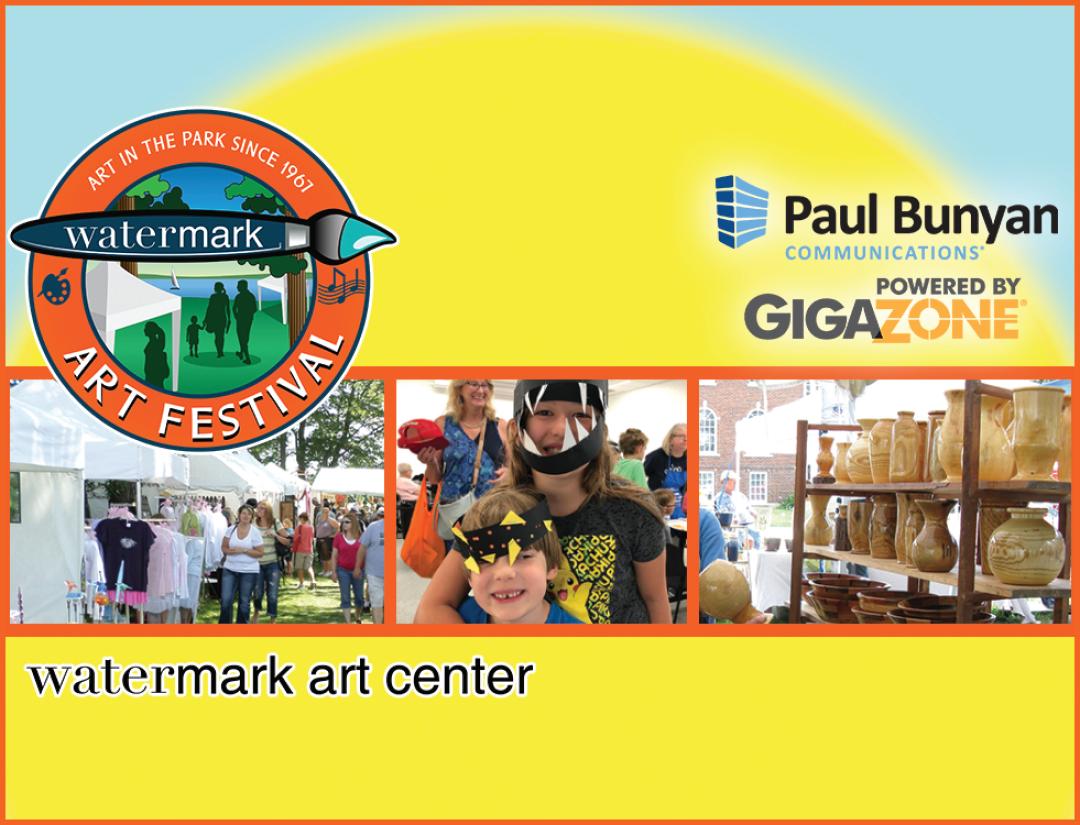

From Page 25




Jacob V. Brower Visitor Center, picnic grounds or the Mary Gibbs Mississippi Headwaters Center.

▶ Fish one of Itasca’s lakes. Lake Itasca has a variety of fish, including northern pike, large-mouth bass, sunfish, crappies, perch and walleye, or try fishing for muskie on Elk Lake. The smaller Lake Ozawindib is a popular bass lake and Mary Lake has crappies and sunfish. Both Lake Itasca and Lake Ozawindib have fishing piers. Check Minnesota fishing regulations for state park lakes.
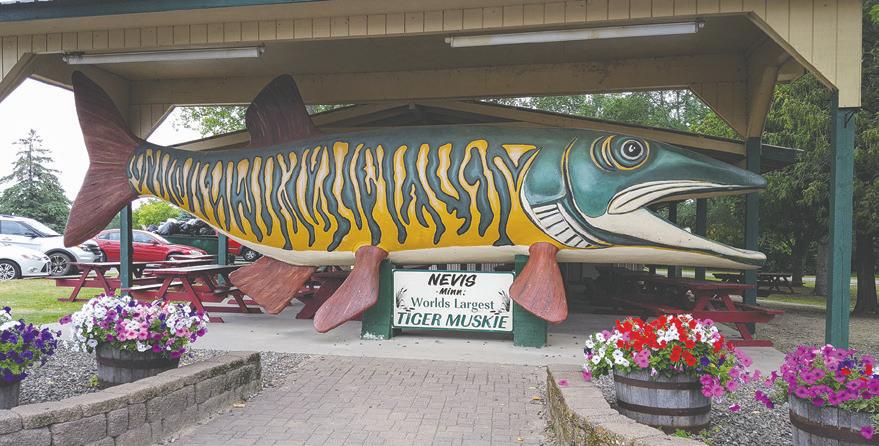
▶ Rent a cabin in the park. Itasca has many options for indoor lodging in the park including several logconstructed cabins built in the 1930s ranging from cozy cabins for two to four people to larger cabins that hold up to 10 people. Other group lodging options are also available.
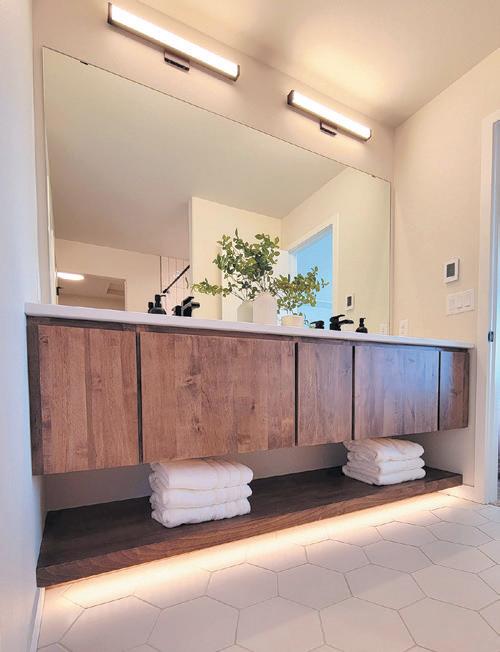
▶ Enjoy a day on the water. Try kayaking, canoeing or stand-up paddle boarding. Bring your own equipment or rent equipment from Itasca Sports located in the park. Lake Itasca Tours also offers excursions of the Chester Charles tour boat.


▶ Visit the Mississippi River Headwaters. A trip to Itasca wouldn’t be complete without a stop to see the start of the mighty Mississippi River. Walk across the river on the rocks or take a hike on the adjoining trails.
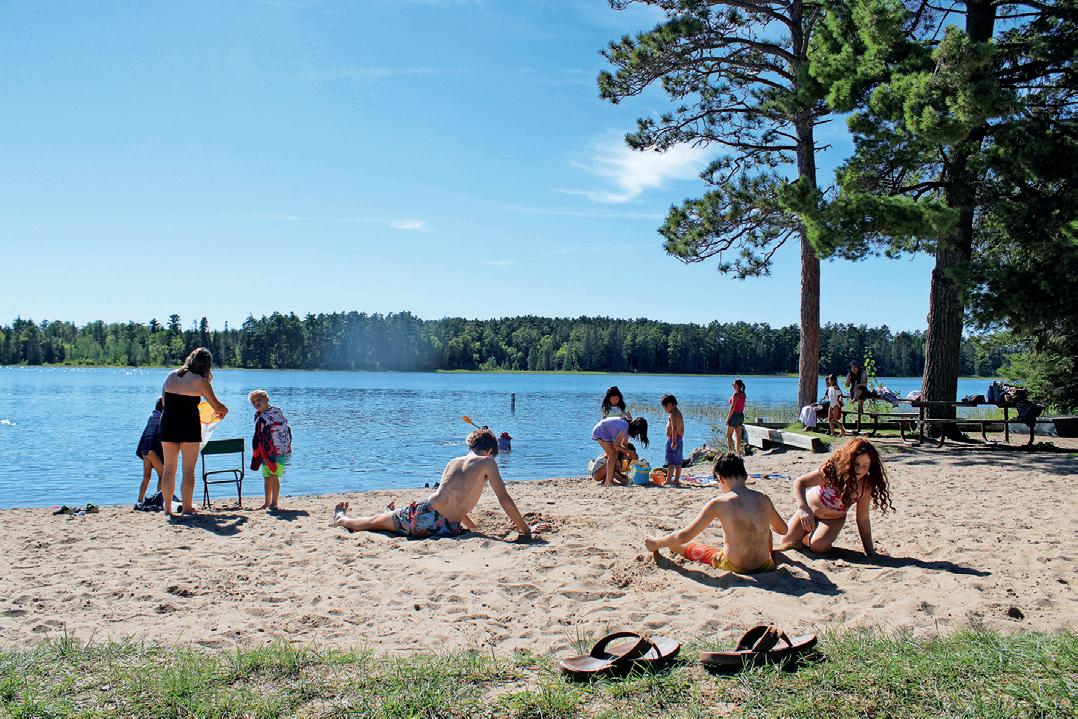
“A perfect summer day is when the sun is shining, the breeze is blowing, the birds are singing and the lawnmower is broken.”
- JAMES DENTTemps in the 80s drew beachgoers to the swimming beach at the park.
Join the great community gettogether’s 11th summer concert series, 2nd Street Stage, on Thursday nights from June 15 through Aug. 17.
The Park Rapids Downtown Business Association hosts the free, outdoor concerts from 6 to 8 p.m. with bands, a beer garden and family activities downtown. Bring your own lawn chair.
The beer garden opens at 5 p.m. for a social hour while you find your spot, listen to the sound check and greet neighbors and friends. Support this great event by buying an official 2023 button and receive $2 off all beverages at the beer garden.
To see the complete summer line up, go to www.parkrapidsdowntown. com and follow us on Facebook at 2nd St. Stage.
Hailing from Sparta, way up in the great northwoods of Minnesota, Rich Mattson and Germaine Gemberling have been writing, recording and
performing together since 2010. Their six albums have received rave reviews and high praise from the indie rock/ Americana/jangle-core crowd, and their latest, “Out There,” was elected “Best Album of 2022” by the Northland Reader. With influences ranging from The Byrds, Neil Young, Petty, X and Link Wray, the group’s original “cosmic folk” has cycled back to a more rootsrocking Americana sound in recent years. Somewhat of a Minnesota music staple, Mattson is well known for his songwriting and outstanding showmanship as well as his work with literally thousands of artists at his Sparta Sound recording studio.
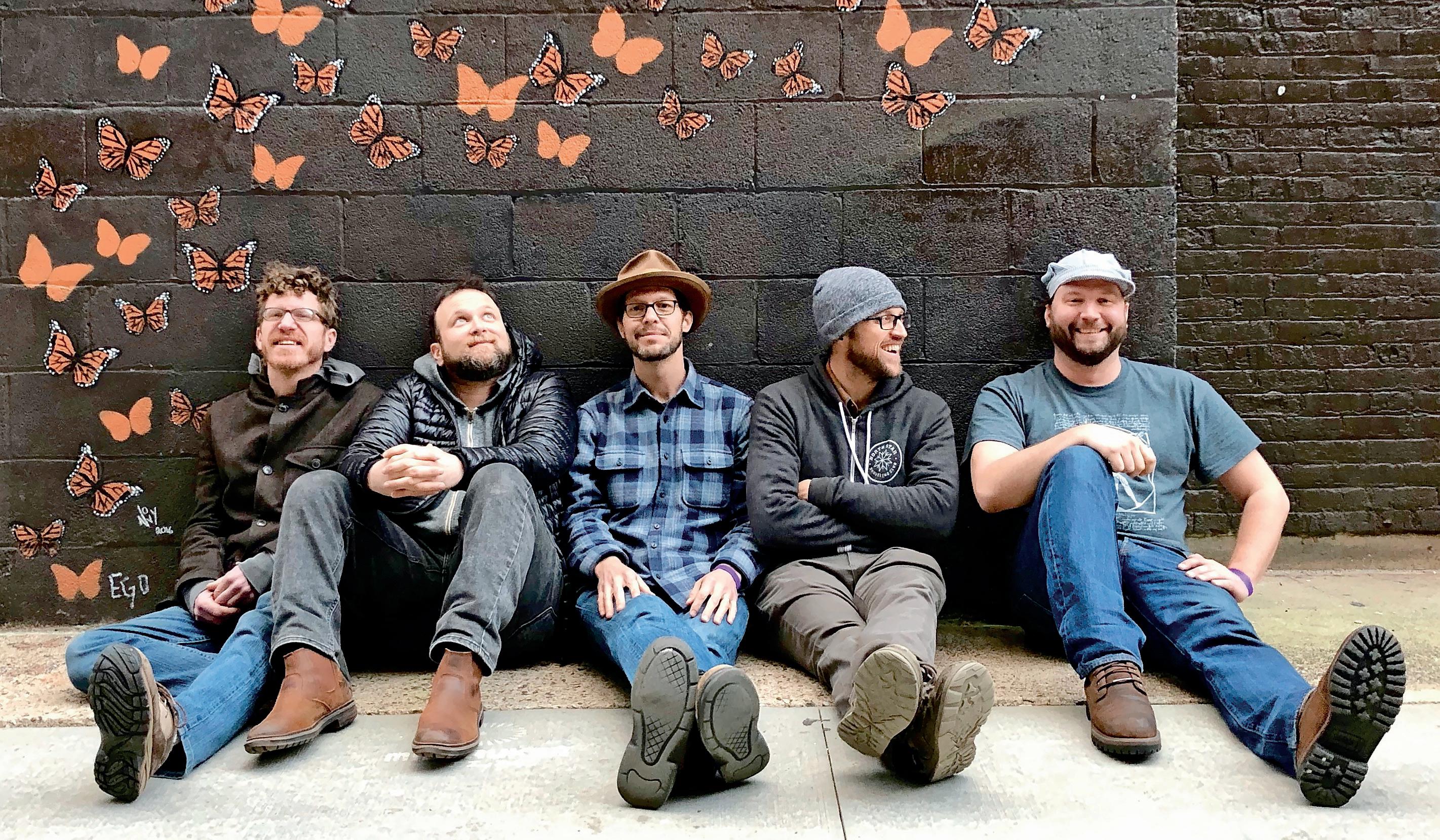
July 6 - Pert Near Sandstone
Hailing from Minneapolis and St. Paul and founded by childhood friends within the vibrant Minneapolis music scene, Pert Near’s chemistry hearkens back to the family bands of yesteryear. Privileged with co-founding, curating and hosting the prestigious Blue Ox Music Festival, Pert Near performs with infectious energy and an undeniable
joy. Strong songcraft melds with oldtime sensibilities in a unique brand of modern string band music delivered to fans around the world. Their new album, “Rising Tide,” reaches a new height in their songwriting, addressing issues directly relating to our modern times and not holding back commentary on politics and society.
Hailing from Minnesota, the 4onthefloor bring their well-oiled, high octane rock ’n roll to the world with an immediacy rarely seen on stage. The furious delivery ebbs and flows with sing-along anthems and breakdowns to soaring guitar solos and unbridled fullbore rock. Following in the footsteps of some of the band’s influences, being on the road plays a large role in the writing. The merriment must come from all angles, including the stage, for a memorable show and the 4onthefloor bring it. Gabe Douglas writes about experiences, failures, successes and notso-much the what-could-have-beens.
City officials unveiled new sculptures at Red Bridge Park and downtown Park Rapids this spring.
Initiated in 2018, the Park Rapids Sculpture Trail is a collaboration of the city of Park Rapids and the Park Rapids Arts and Culture Advisory Commission.



New artworks in the park include “Thread to the Past” and “Down Boy” by Keith Raivo – depicting a crane and a dog – as well as Michael Pettit’s “Dragonfly,” Molly Wiste’s “Girl and Fox” and “Nautilus” by the father-son team of James and Ryan Pedersen.
The trail continues through the downtown area, showcasing “Dot to Dot” by Barb Christiansen, “Starnomoly” by Daniel Durst, “The Eternal Flame” by Isaac Kidder, “”Triangle Play” by Sunghee Min, “Farmhouse Fish” by Tim Nelsen, “Drip Edge” by Craig Snyder, “White Earth Calendar” by Simon Zornes and “Big Money” by Pettit.
The 13 sculptures will remain in place for one year.
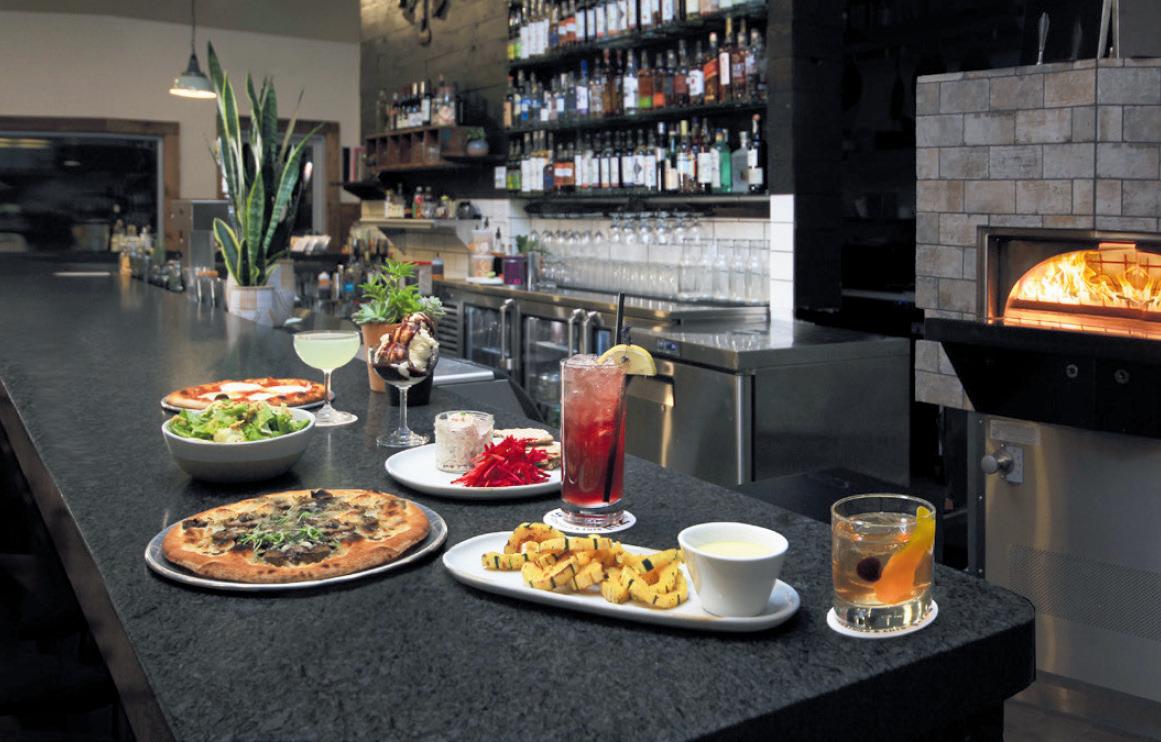
More information will be available soon at www.heartlandarts.org/pages/ sculpture-trail/sculpture-trail.php.








Visitors to the Nemeth Art Center (NAC) will see impressive pieces by internationally renowned, contemporary artists “that are special and unique to this area,” says the new executive director Mark Weiler, yet the space is comfortable and not intimidating.
Admission is free to the NAC galleries, which are open to the public from May through September.
For more than 40 years, NAC has been providing exceptional art opportunities to the Heartland Lakes area.
This season opens with the work of M. A. Papanek-Miller and Pao Houa Her.
Born in Hinsdale, Ill., PapanekMiller is a mixed media artist working primarily in drawing-related works “that are woven and layered with images that provoke environmental concerns, according to the NAC.

Pao Houa Her was born in the northern jungles of Laos. She fled Laos with her family when she was a baby, lived in the refugee camps in Thailand and landed in America on a silver metal bird in the mid 1980s. She is a visual
artist in Minnesota who works within multiple genres of photography.
Their shows close on June 25.
New York and Arizona-based multimedia artist Brad Kahlhamer presents his work from July 1 to Oct 1. Shown both nationally and internationally, Kahlhamer’s art ranges from sculpture, drawing and painting to performance and music.
In the NAC’s first-ever artist's summer residency, Kahlhamer will stay in a cabin north of Park Rapids for the month of June, producing a new collection of works inspired by the setting specifically for the NAC.
As part of his residency, Kahlhamer will teach several workshops with students at local high schools.

Waverly Bergwin’s intricate wire pieces also will be on display from July 1 to Oct. 1.
Their artist reception is 4-6 p.m. on Saturday, July 1.
The NAC is currently exhibiting its Youth Art Show through July 1. High school students from around the region submitted their artworks.
Located in the historic Hubbard County courthouse at 301 Court
Avenue in Park Rapids, admission is free to the NAC galleries. It’s open from 10:30 a.m. to 4:30 p.m. Thursday through Saturday.
For more information, visit nemethartcenter.org or email Weiler at director@nemethartcenter.org.
The North Country National Scenic Trail is one of 11 National Scenic Trails in the U.S. and the only one in Minnesota.
The North Country Trail runs 4,600 miles from New York to North Dakota. Being open to foot traffic only, Minnesota’s footpaths hold unimpeded travel for hikers, berry pickers, hunters, geocachers, cross country skiers and snowshoers. Short day hikes or overnight hikes are possible.
Maps, events and suggested hikes are available at www. northcountrytrail.org

Anyone walking this trail is in for a treat as it meanders through forested hills and valleys interspersed with rivers, lakes, and numerous wetlands. Later in the summer, you can be rewarded by finding wild strawberries, raspberries, blackberries and blueberries along the trail.
Do you enjoy hiking and are





you looking for a group to hike with on a regular basis? Join the North Country Trail hiking groups Laurentian Lakes and Itasca Moraine Chapters. The area’s segments of the North Country Trail are maintained by these two chapters.

For information regarding the Laurentian Lakes Chapter, email llc@northcountrytrail.org. For more information on the Itasca Moraine Chapter, contact Eric Haugland by email at itm@ northcountrytrail.org.

At most locations, there is a kiosk or signboard with information about the trail. Hiking distances to the nearest kiosk are also provided.
A “Guide to Hiking the North Country Trail in Minnesota” guidebook is available in bookstores in Park Rapids, Itasca State Park, Tamarac National Wildlife Refuge and online.





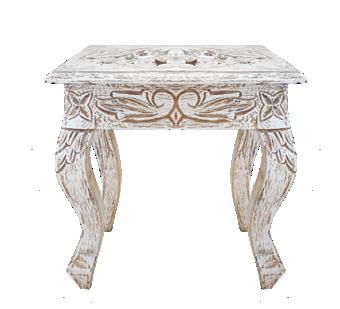

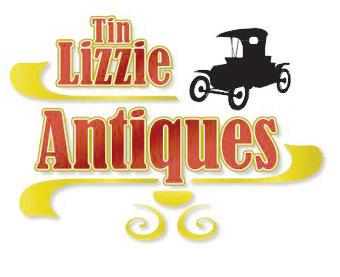

We believehumankindness is at the root of all healing.I tmeans being therefor our communitythrough thick and thin. Ever ystep we take is towardbetter health foryou.Ser vices offered:
We believe humankindness is at the root of all healing. It means there for our community through thick and thin. Every step we take is toward better health for you. Services offered:

•24/7 Emergenc y&Level 4Trauma Center
•Physical and CardiacRehabilitation
•Orthopedics &SportsMedicine
•WeightManagement Center
•Robotics
•HospiceCare

•R adiology
•CommunityHealth
•CommunityDental Clinic